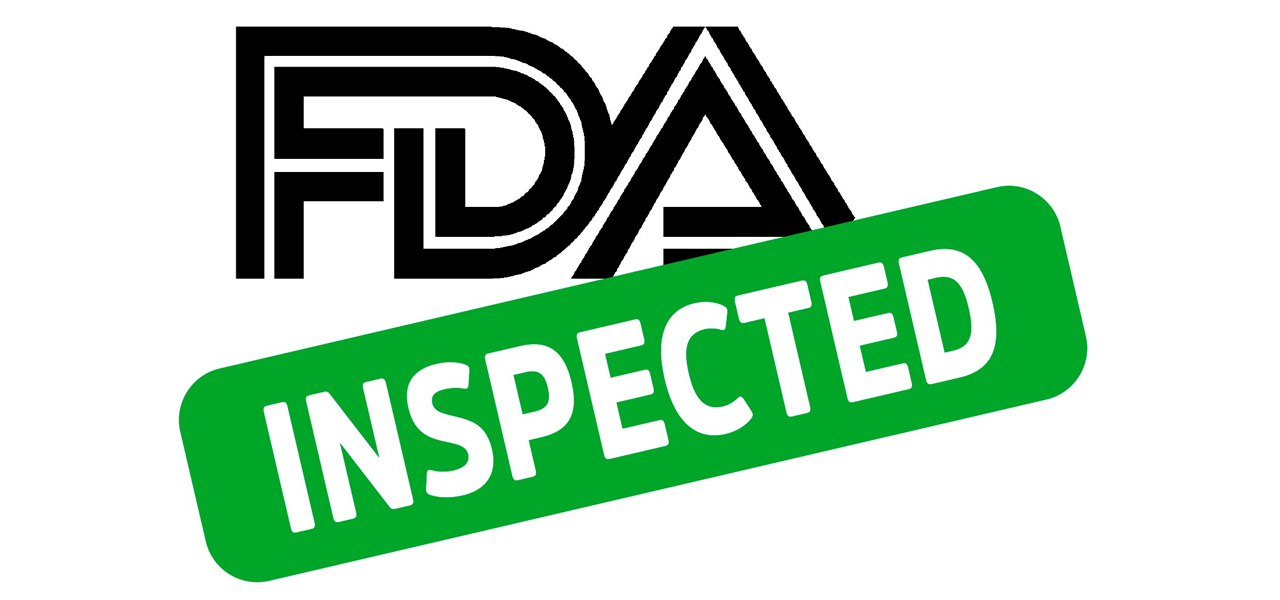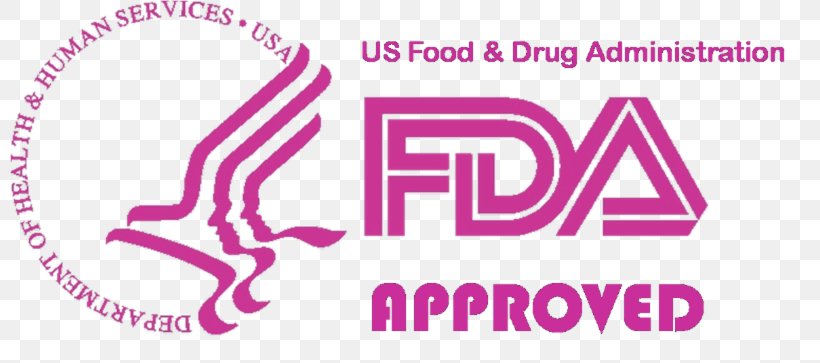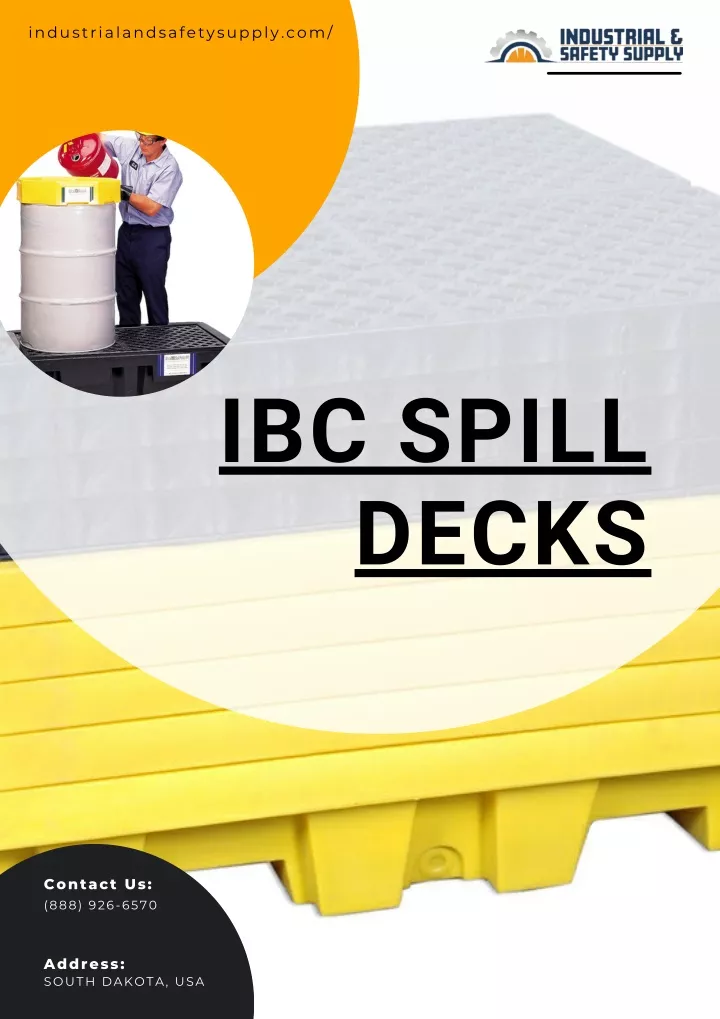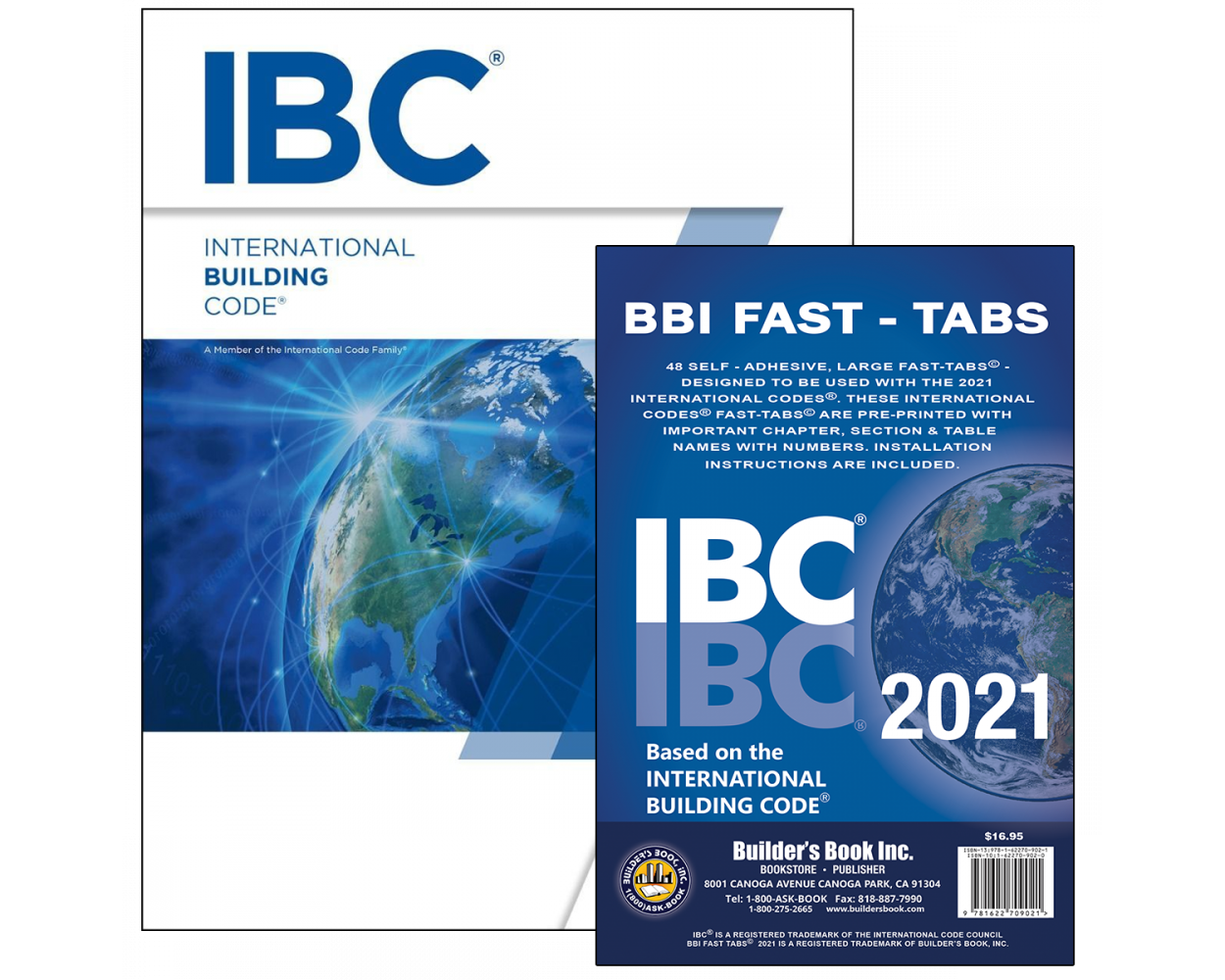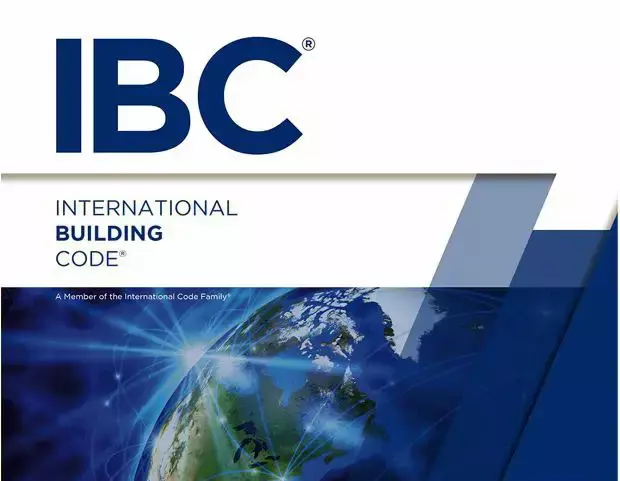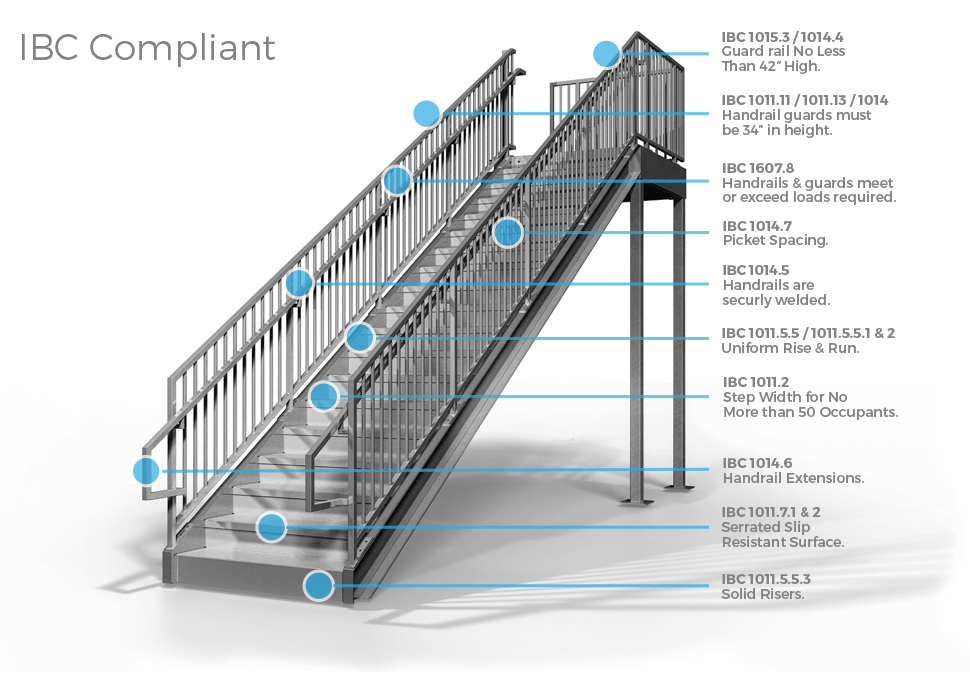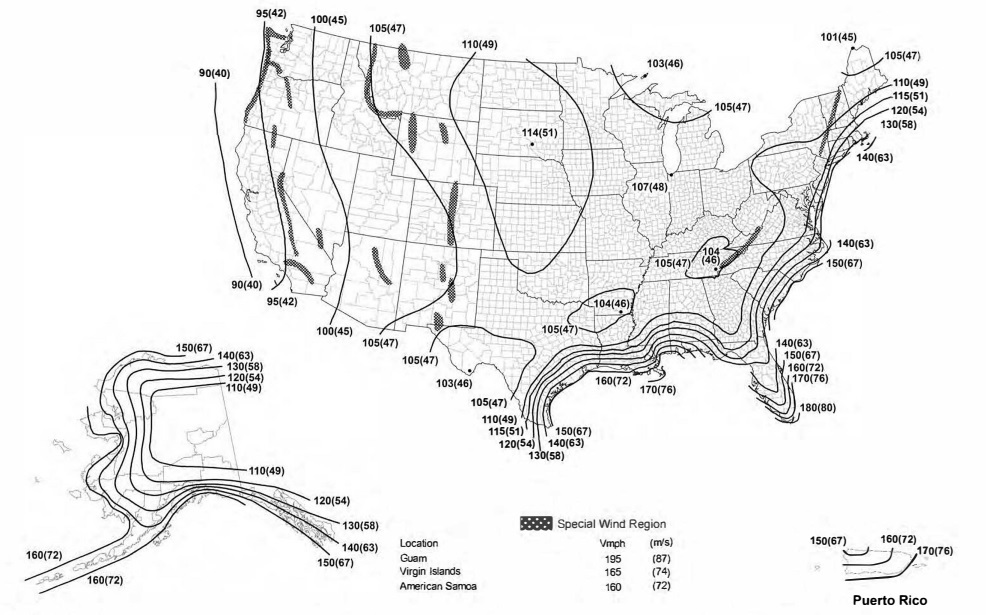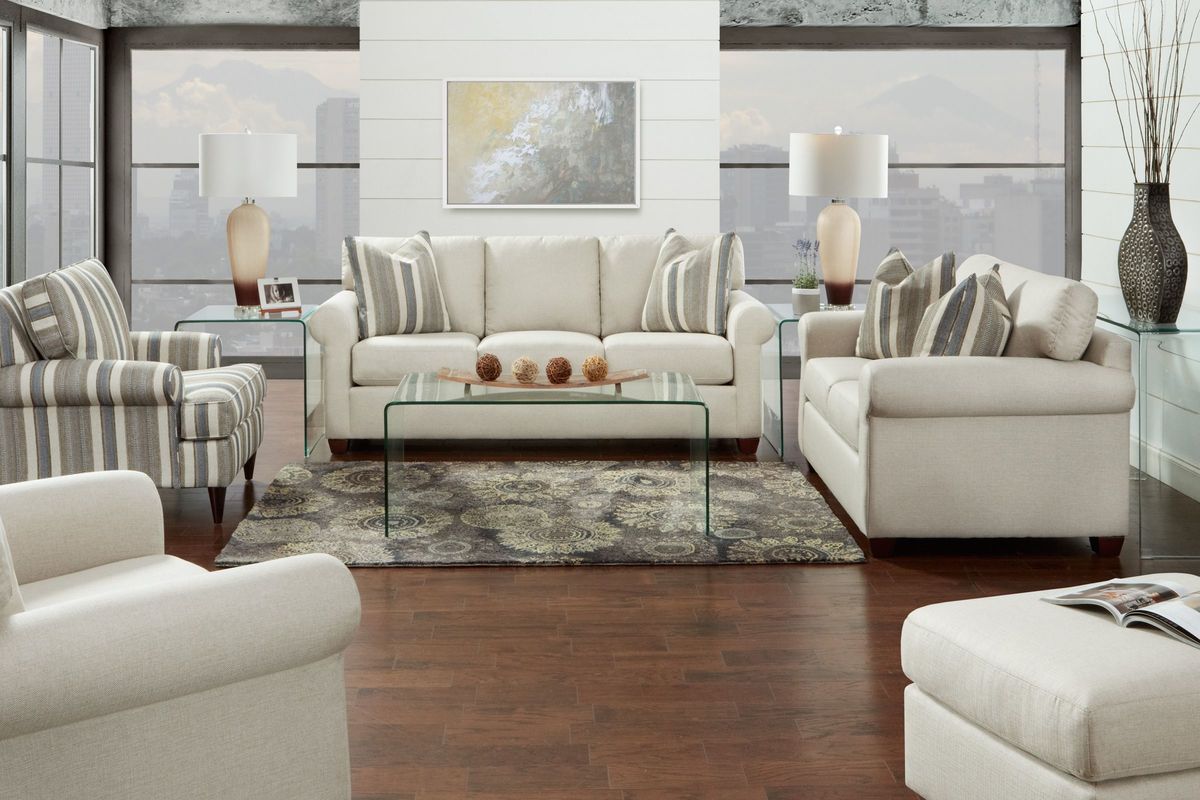The NFPA 96 standards are a crucial set of guidelines for any commercial kitchen lighting plan. These standards specifically address ventilation control and fire protection in commercial cooking operations. Proper lighting is essential for maintaining a safe and functional kitchen environment. The NFPA 96 standards ensure that all lighting installations in commercial kitchens meet the necessary safety requirements to prevent potential fire hazards.1. National Fire Protection Association (NFPA) 96 Standards for Ventilation Control and Fire Protection of Commercial Cooking Operations
While this standard may not seem directly related to commercial kitchens, it is important to consider the needs of senior citizens in any lighting plan. This recommended practice from the IES provides guidance on proper lighting for senior living environments, which can include commercial kitchens in assisted living facilities or retirement communities. It is important to consider the specific needs and limitations of this demographic when designing a lighting plan for a commercial kitchen.2. Illuminating Engineering Society (IES) RP-28 Recommended Practice for Lighting and the Visual Environment for Senior Living
ASHRAE Standard 90.1 sets energy efficiency standards for all types of buildings, with the exception of low-rise residential buildings. This standard includes guidelines for lighting design and energy usage, providing valuable guidance for commercial kitchen lighting plans. By following ASHRAE Standard 90.1, you can ensure that your commercial kitchen lighting is both efficient and effective.3. American Society of Heating, Refrigerating and Air-Conditioning Engineers (ASHRAE) Standard 90.1 Energy Standard for Buildings Except Low-Rise Residential Buildings
OSHA is a well-known regulatory body that sets standards for workplace safety. Their standards for lighting in general industry also apply to commercial kitchens. These standards outline the necessary lighting levels for different work tasks and areas within a commercial kitchen. By following OSHA's guidelines, you can ensure that your kitchen is well-lit and safe for your employees.4. Occupational Safety and Health Administration (OSHA) Standards for Lighting in General Industry
The IECC sets energy efficiency standards for buildings, including commercial kitchens. This code outlines specific requirements for lighting design and usage in commercial kitchens to promote energy conservation. By following the IECC's requirements, you can not only save energy but also save money on your utility bills.5. International Energy Conservation Code (IECC) Commercial Lighting Requirements
The ANSI standards for lighting in commercial kitchens provide comprehensive guidelines for lighting design and installation. These standards cover various aspects of lighting, including lighting levels, color rendering, and energy efficiency. By following the ANSI standards, you can ensure that your commercial kitchen has proper lighting for both safety and functionality.6. American National Standards Institute (ANSI) Standards for Lighting in Commercial Kitchens
While this recommended practice is not specifically for commercial kitchens, it does provide valuable guidance for lighting in industrial facilities. This includes recommendations for lighting levels, color rendering, and energy usage. By following the IES RP-33, you can ensure that your commercial kitchen has efficient and effective lighting that meets industry standards.7. Illuminating Engineering Society (IES) RP-33 Recommended Practice for Lighting for Industrial Facilities
The National Electrical Code sets standards for electrical installations in buildings, including commercial kitchens. This code includes guidelines for lighting design and installation, ensuring that all electrical components in your kitchen are up to code. By following the NEC requirements, you can ensure that your commercial kitchen is safe and compliant with electrical standards.8. National Electrical Code (NEC) Requirements for Lighting in Commercial Kitchens
The FDA has specific guidelines for lighting in food preparation areas, including commercial kitchens. These guidelines address issues such as light color, glare, and proper lighting levels for food safety and hygiene. By following the FDA's guidelines, you can ensure that your kitchen is well-lit and meets the necessary standards for food preparation.9. Food and Drug Administration (FDA) Guidelines for Lighting in Food Preparation Areas
The IBC sets standards for building construction and safety, including lighting requirements for commercial kitchens. These requirements cover various aspects of lighting design, such as lighting levels, emergency lighting, and exit lighting. By following the IBC requirements, you can ensure that your commercial kitchen is safe and meets all necessary building codes. In conclusion, these top 10 MAIN_commercial kitchen lighting standards provide valuable guidance for creating a safe, functional, and energy-efficient lighting plan for your commercial kitchen. By following these standards, you can ensure that your kitchen meets all necessary regulations and provides a comfortable and well-lit environment for your employees and customers.10. International Building Code (IBC) Requirements for Lighting in Commercial Kitchens
Importance of Proper Commercial Kitchen Lighting Standards
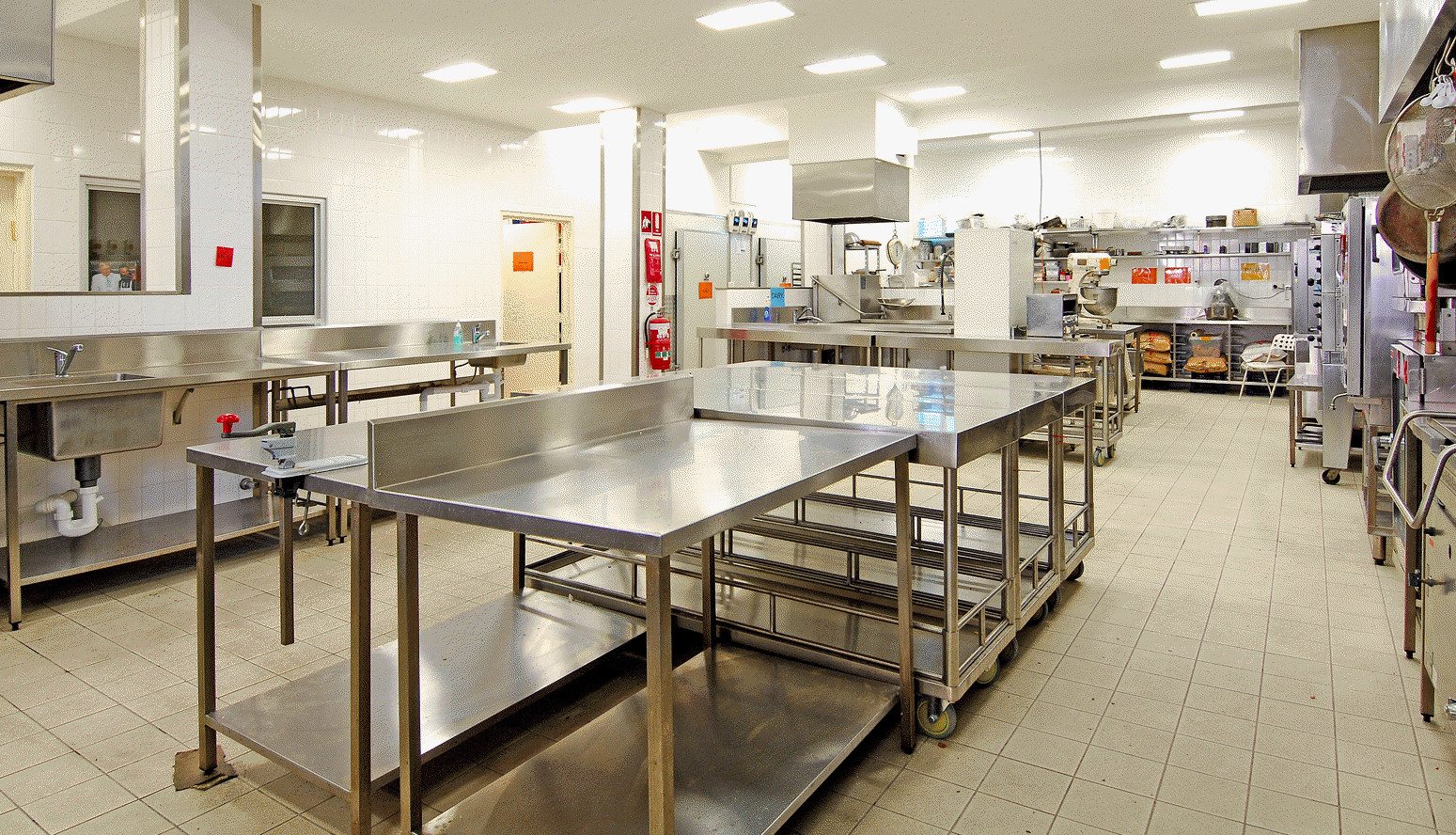
Creating a Safe and Efficient Workspace
 When it comes to designing a commercial kitchen, there are many important factors to consider. One of the most crucial elements is lighting. Not only does proper lighting enhance the overall aesthetics of a kitchen, but it also plays a significant role in creating a safe and efficient workspace.
Commercial kitchen lighting standards
are put in place to ensure that the kitchen is well-lit and meets the necessary requirements for food safety and hygiene.
When it comes to designing a commercial kitchen, there are many important factors to consider. One of the most crucial elements is lighting. Not only does proper lighting enhance the overall aesthetics of a kitchen, but it also plays a significant role in creating a safe and efficient workspace.
Commercial kitchen lighting standards
are put in place to ensure that the kitchen is well-lit and meets the necessary requirements for food safety and hygiene.
Meeting Health and Safety Regulations
 One of the main reasons why
commercial kitchen lighting standards
are so important is because they help to meet health and safety regulations. These regulations are put in place to protect the health and well-being of both employees and customers.
Proper lighting
in a commercial kitchen can prevent accidents and injuries by providing clear visibility and reducing the risk of slips, trips, and falls. It also allows for better control and monitoring of food preparation and cooking processes, ensuring that food is handled safely and hygienically.
One of the main reasons why
commercial kitchen lighting standards
are so important is because they help to meet health and safety regulations. These regulations are put in place to protect the health and well-being of both employees and customers.
Proper lighting
in a commercial kitchen can prevent accidents and injuries by providing clear visibility and reducing the risk of slips, trips, and falls. It also allows for better control and monitoring of food preparation and cooking processes, ensuring that food is handled safely and hygienically.
Enhancing Productivity and Efficiency
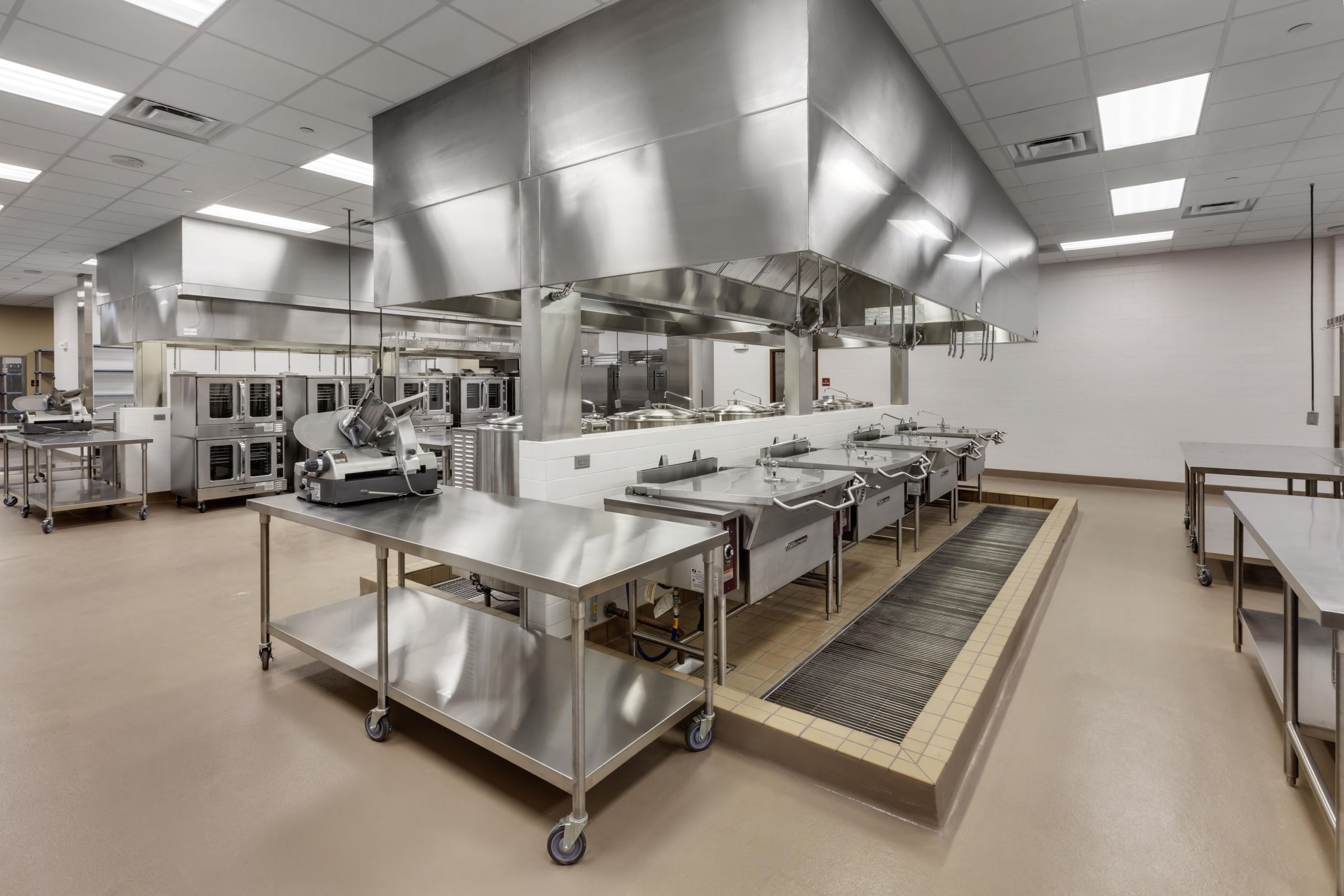 In addition to safety,
proper lighting
in a commercial kitchen can also have a significant impact on productivity and efficiency. A well-lit kitchen allows employees to work more efficiently and accurately, reducing the chances of mistakes and increasing overall productivity. Good lighting also reduces eye strain and fatigue, creating a more comfortable and pleasant working environment for employees.
In addition to safety,
proper lighting
in a commercial kitchen can also have a significant impact on productivity and efficiency. A well-lit kitchen allows employees to work more efficiently and accurately, reducing the chances of mistakes and increasing overall productivity. Good lighting also reduces eye strain and fatigue, creating a more comfortable and pleasant working environment for employees.
Creating a Welcoming Atmosphere
 Aside from the functional aspects, proper
commercial kitchen lighting
also plays a crucial role in creating a welcoming atmosphere for customers. Lighting can greatly influence the mood and ambiance of a restaurant, and dim or inadequate lighting can negatively impact the dining experience. With the right lighting, you can create a warm and inviting atmosphere that will keep customers coming back.
In conclusion,
commercial kitchen lighting standards
are essential for creating a safe, efficient, and welcoming workspace. From meeting health and safety regulations to enhancing productivity and creating a pleasant atmosphere for customers, proper lighting is a crucial aspect of any commercial kitchen design. Make sure to consult with a professional to ensure that your kitchen meets all the necessary standards and provides the best possible environment for your employees and customers.
Aside from the functional aspects, proper
commercial kitchen lighting
also plays a crucial role in creating a welcoming atmosphere for customers. Lighting can greatly influence the mood and ambiance of a restaurant, and dim or inadequate lighting can negatively impact the dining experience. With the right lighting, you can create a warm and inviting atmosphere that will keep customers coming back.
In conclusion,
commercial kitchen lighting standards
are essential for creating a safe, efficient, and welcoming workspace. From meeting health and safety regulations to enhancing productivity and creating a pleasant atmosphere for customers, proper lighting is a crucial aspect of any commercial kitchen design. Make sure to consult with a professional to ensure that your kitchen meets all the necessary standards and provides the best possible environment for your employees and customers.

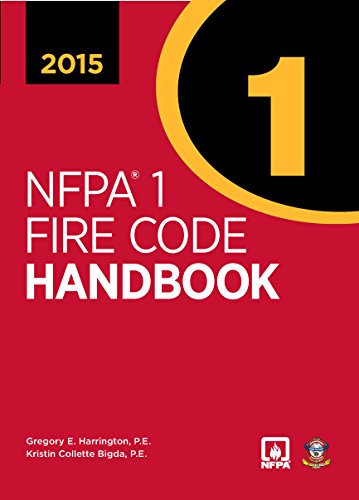
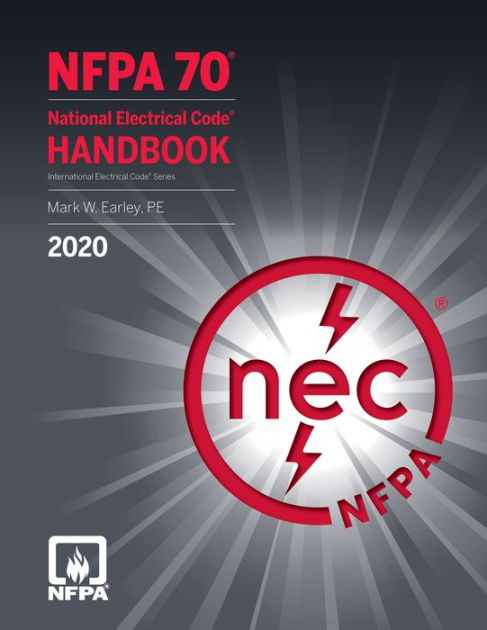

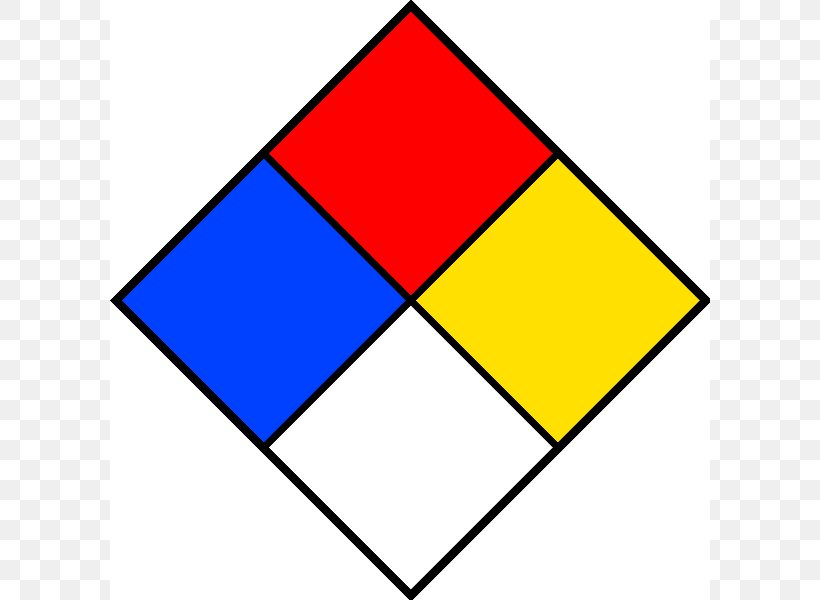
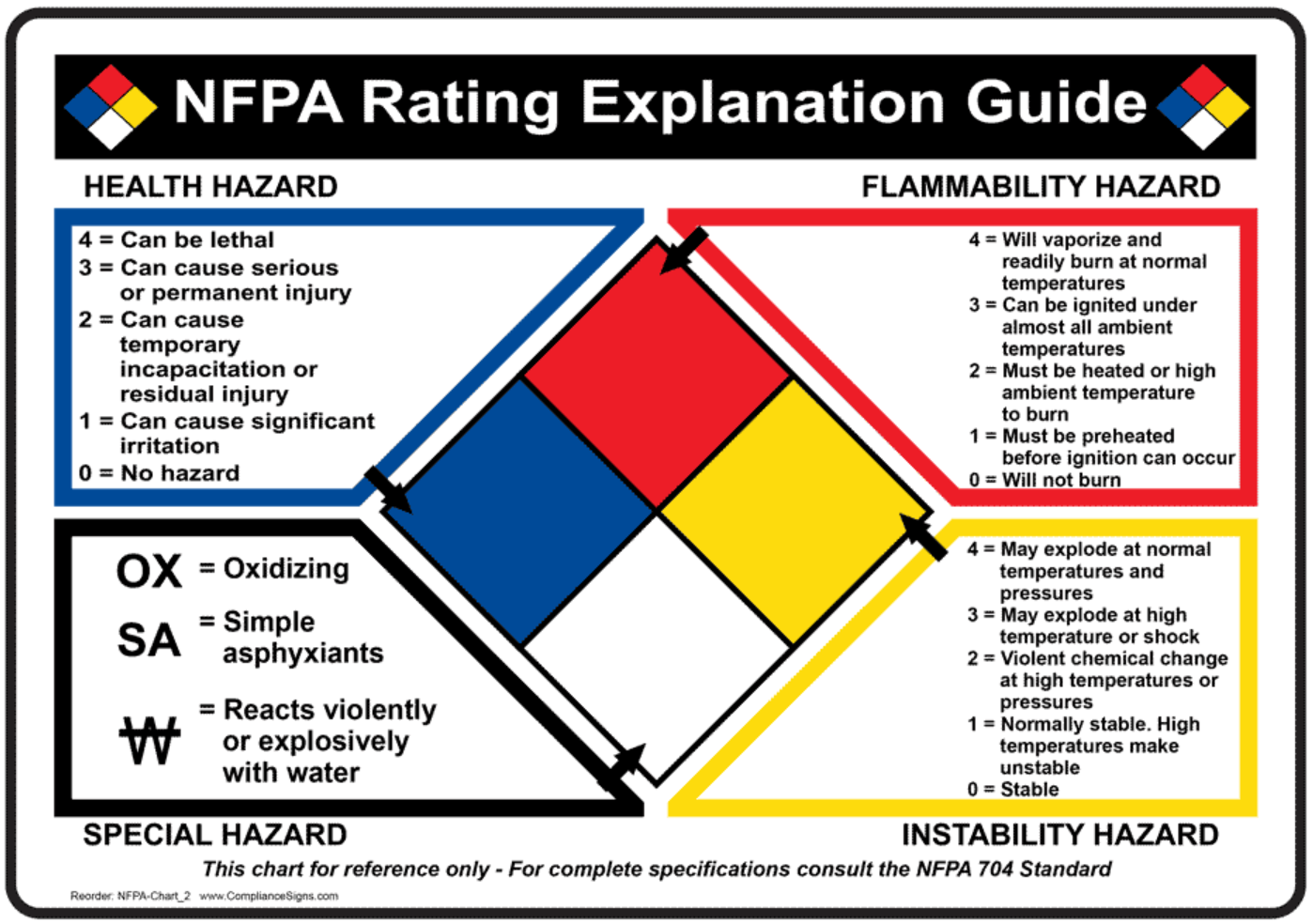



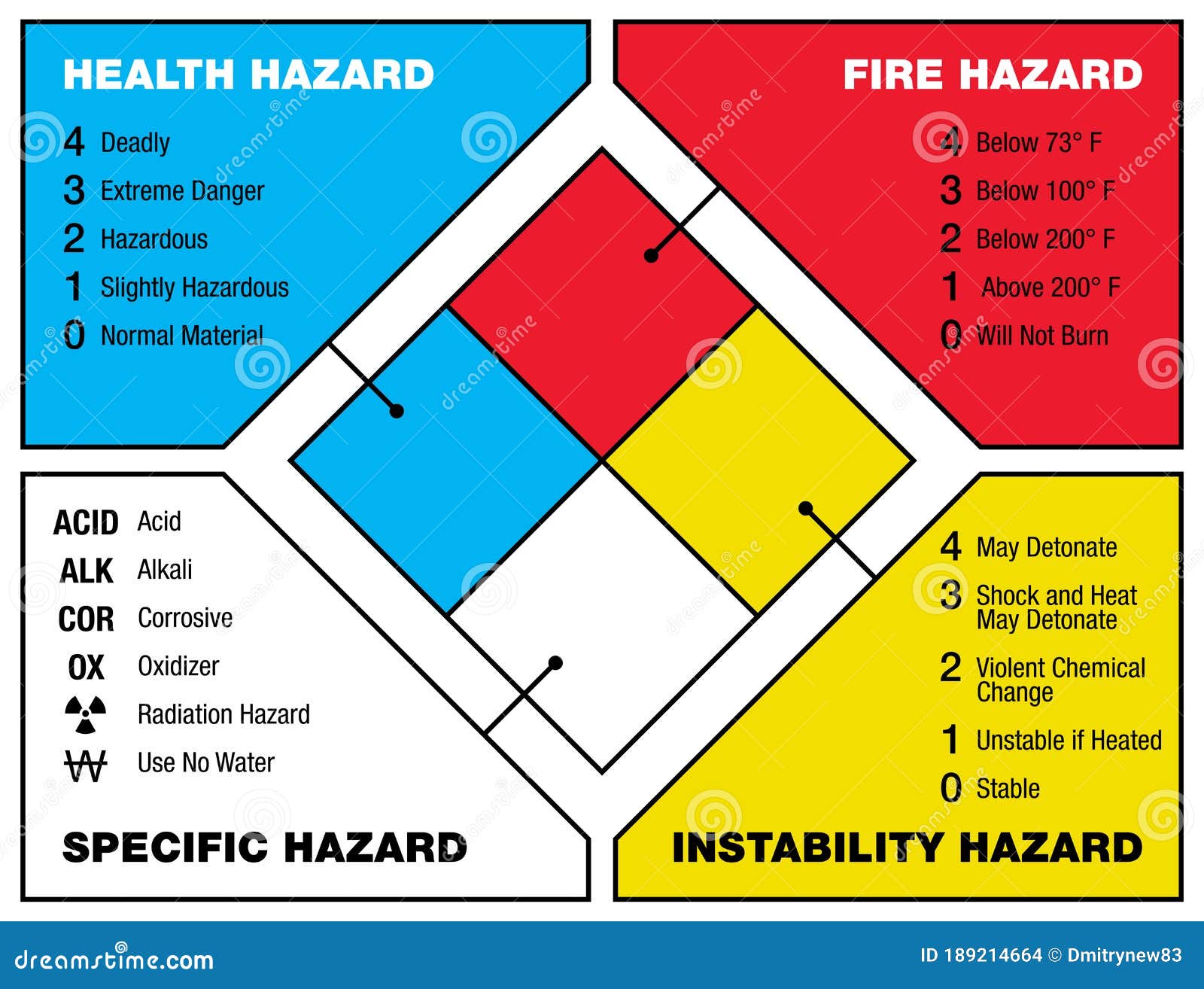
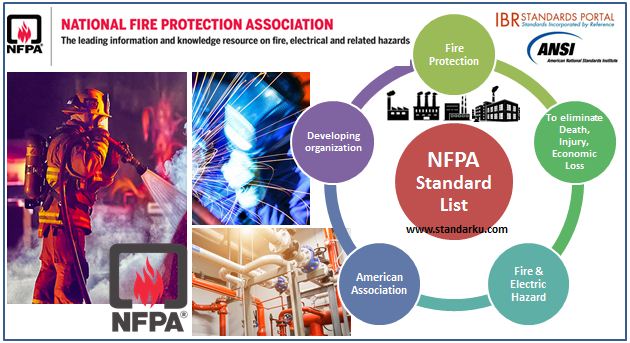


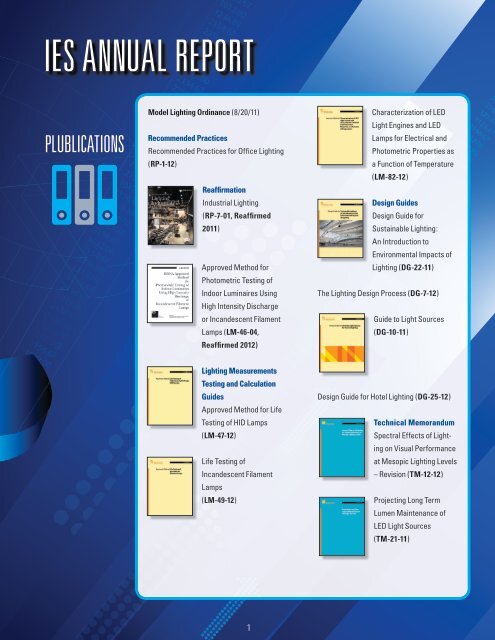



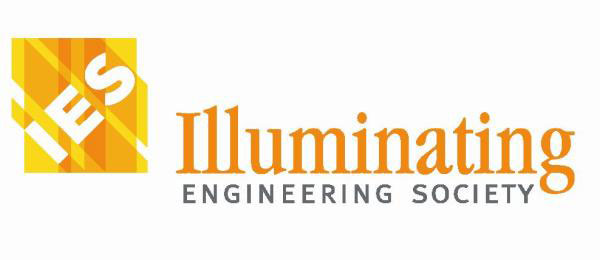
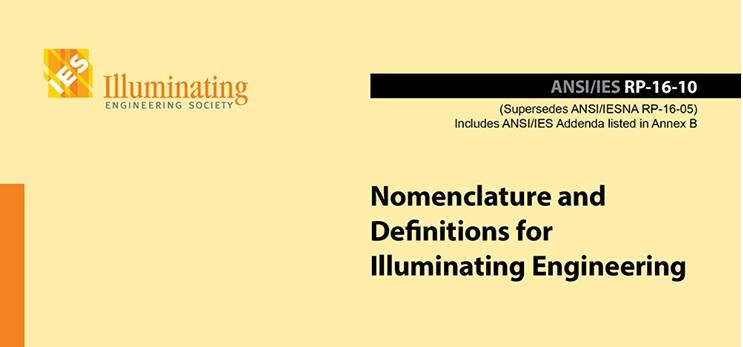
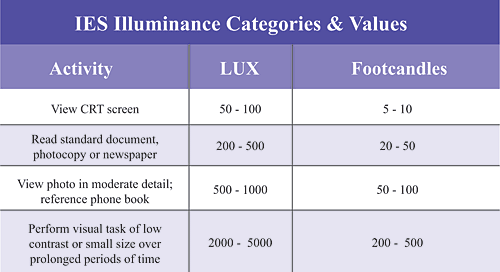

-Logo-1-2230.jpg)
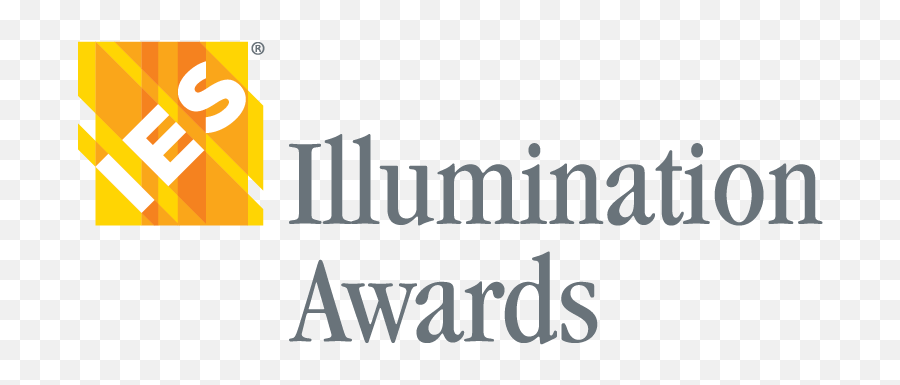



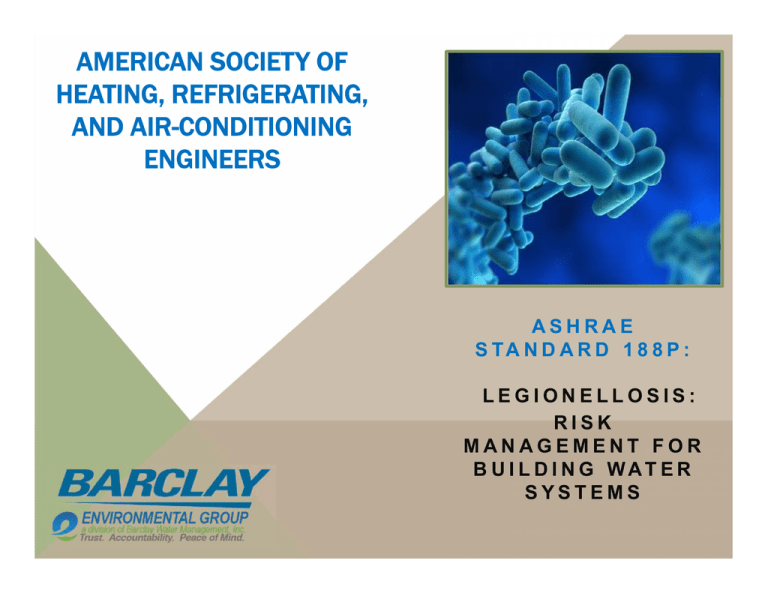



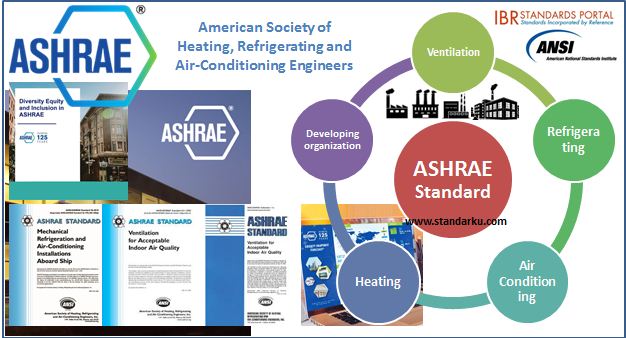

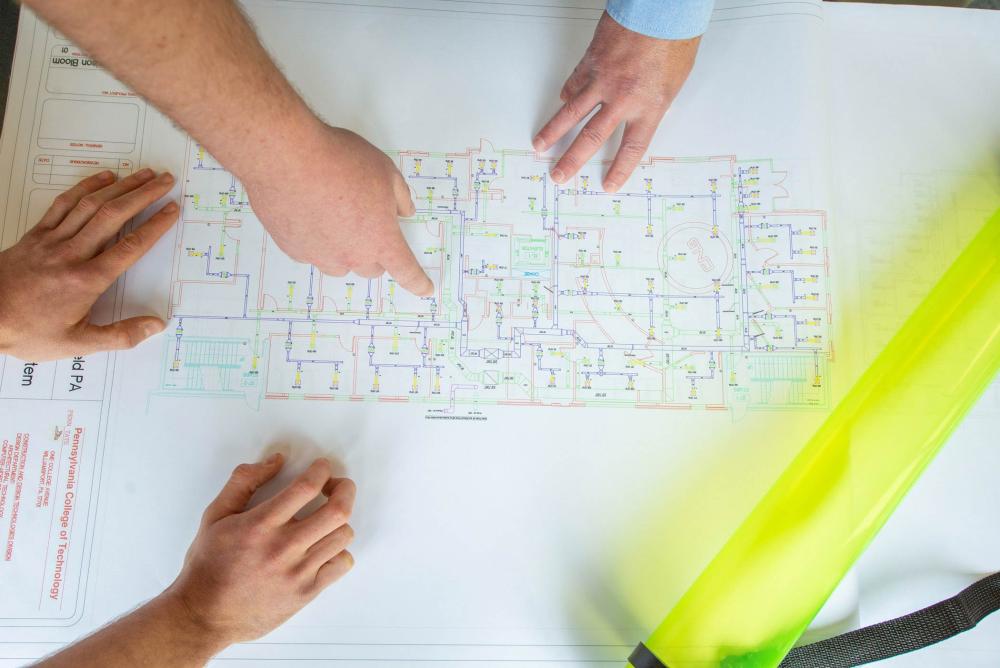

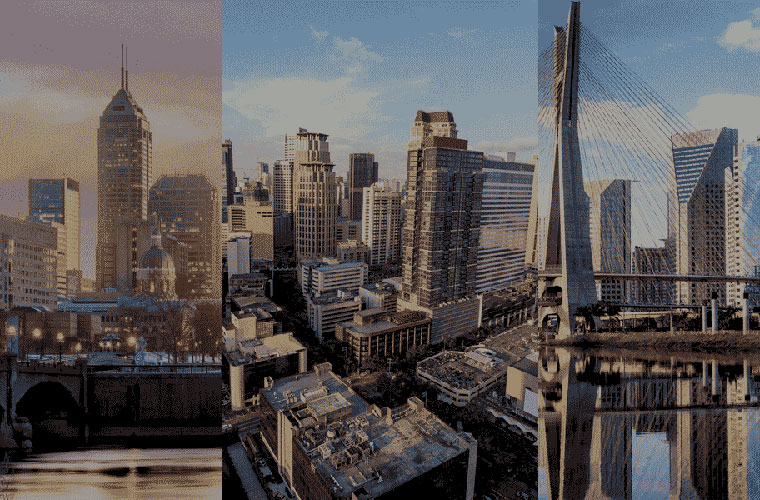
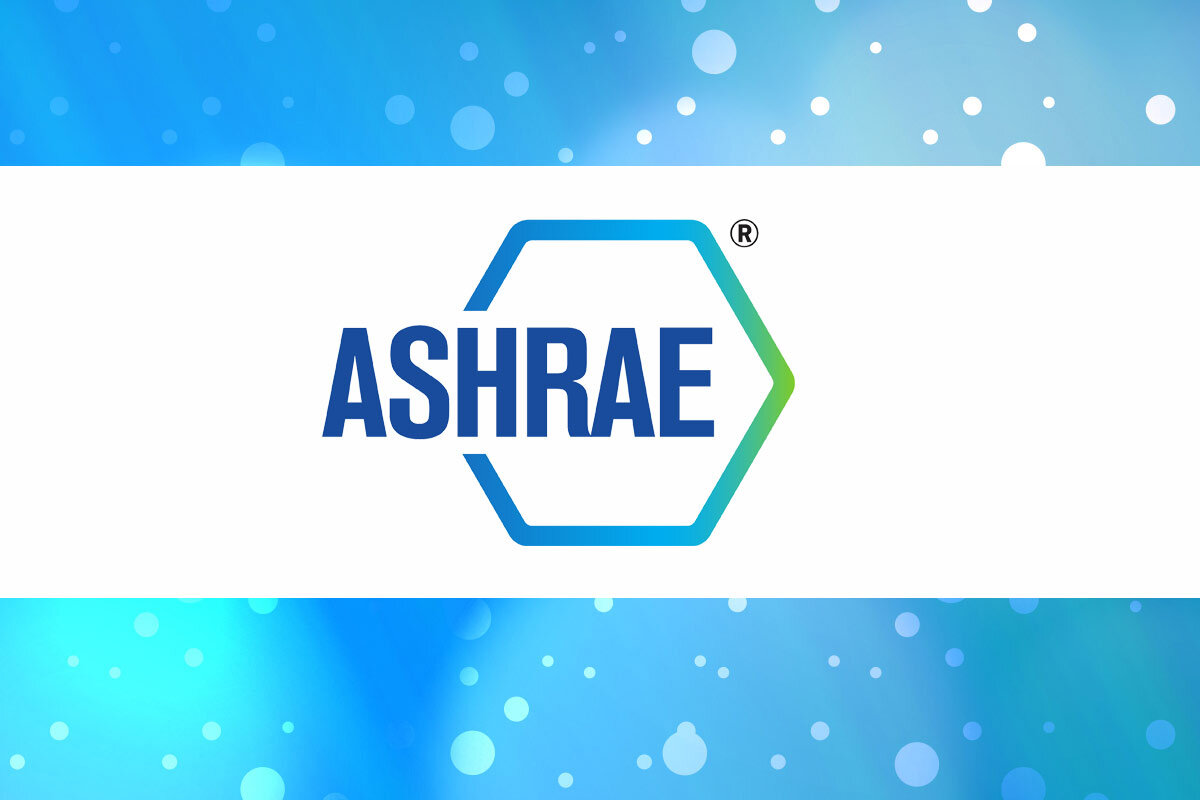



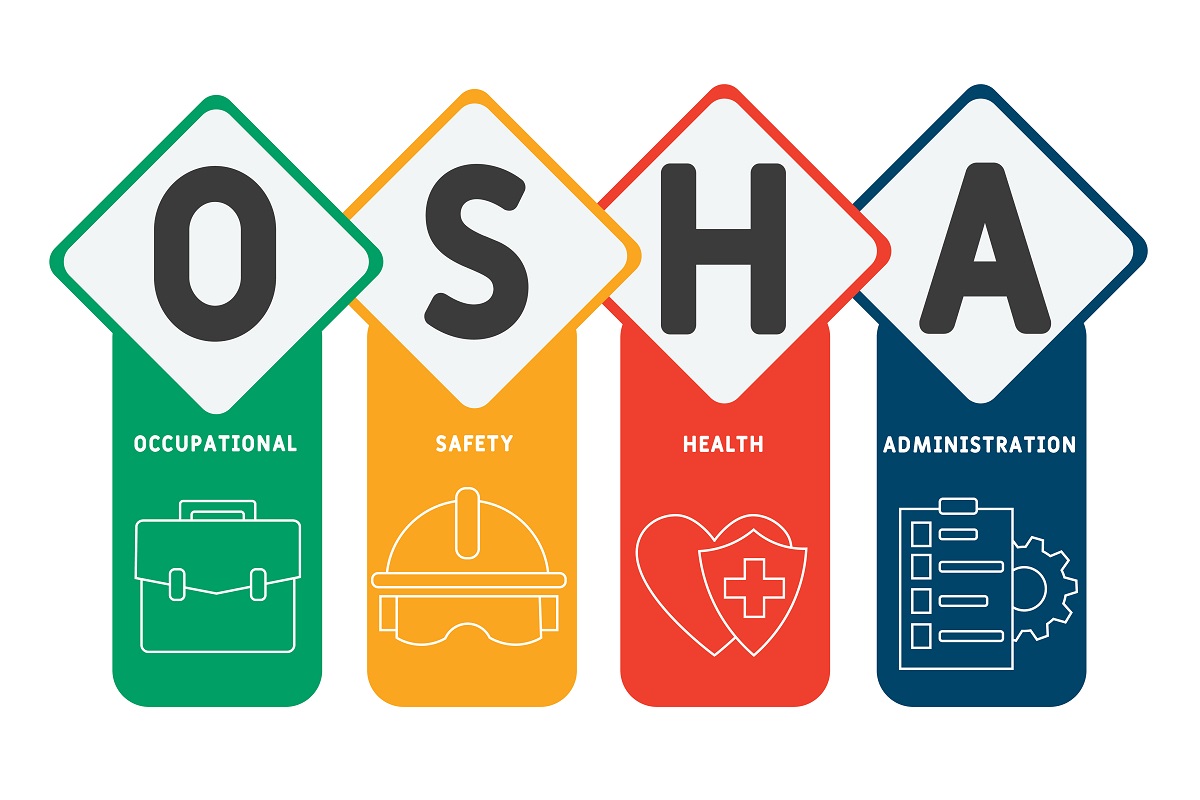
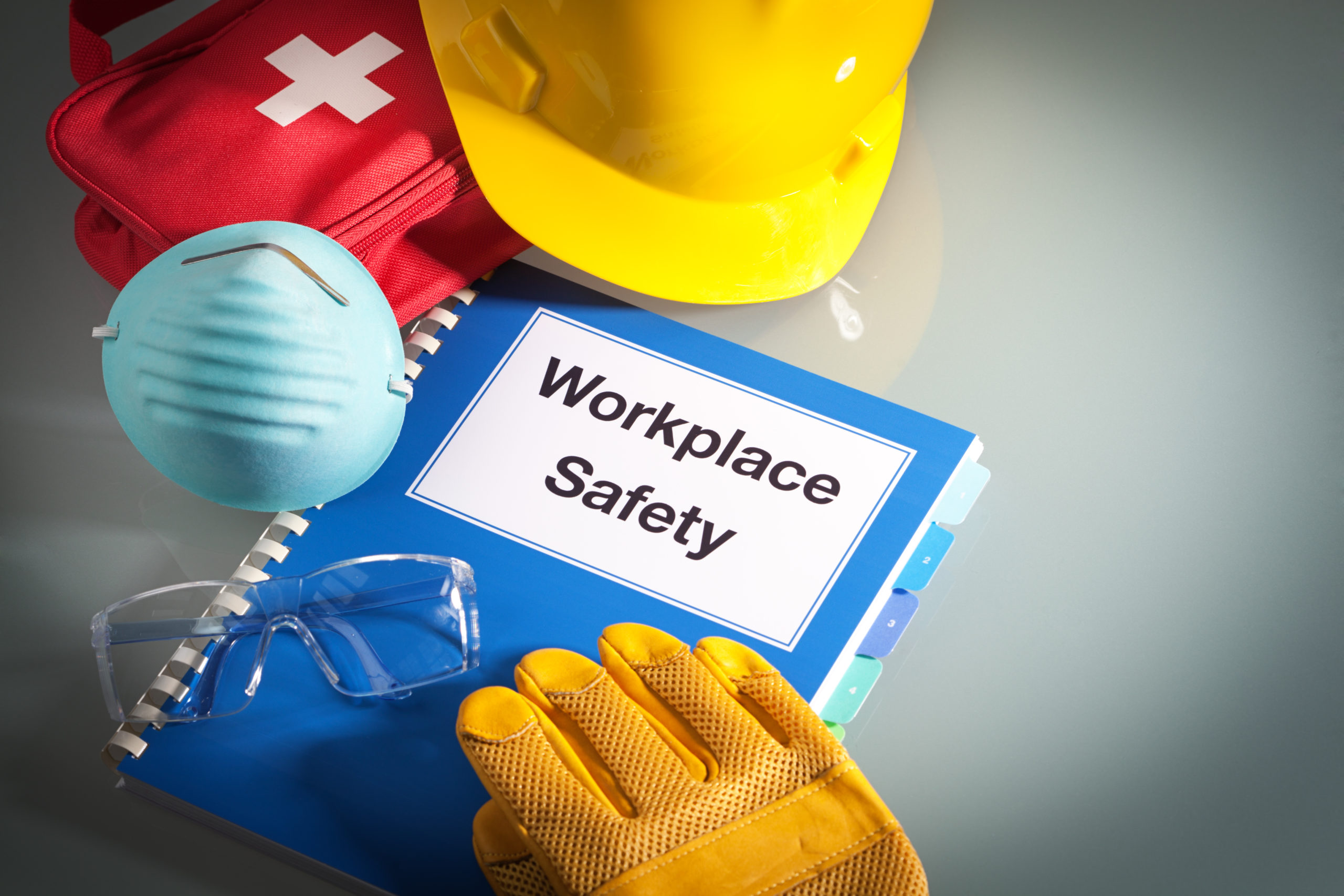

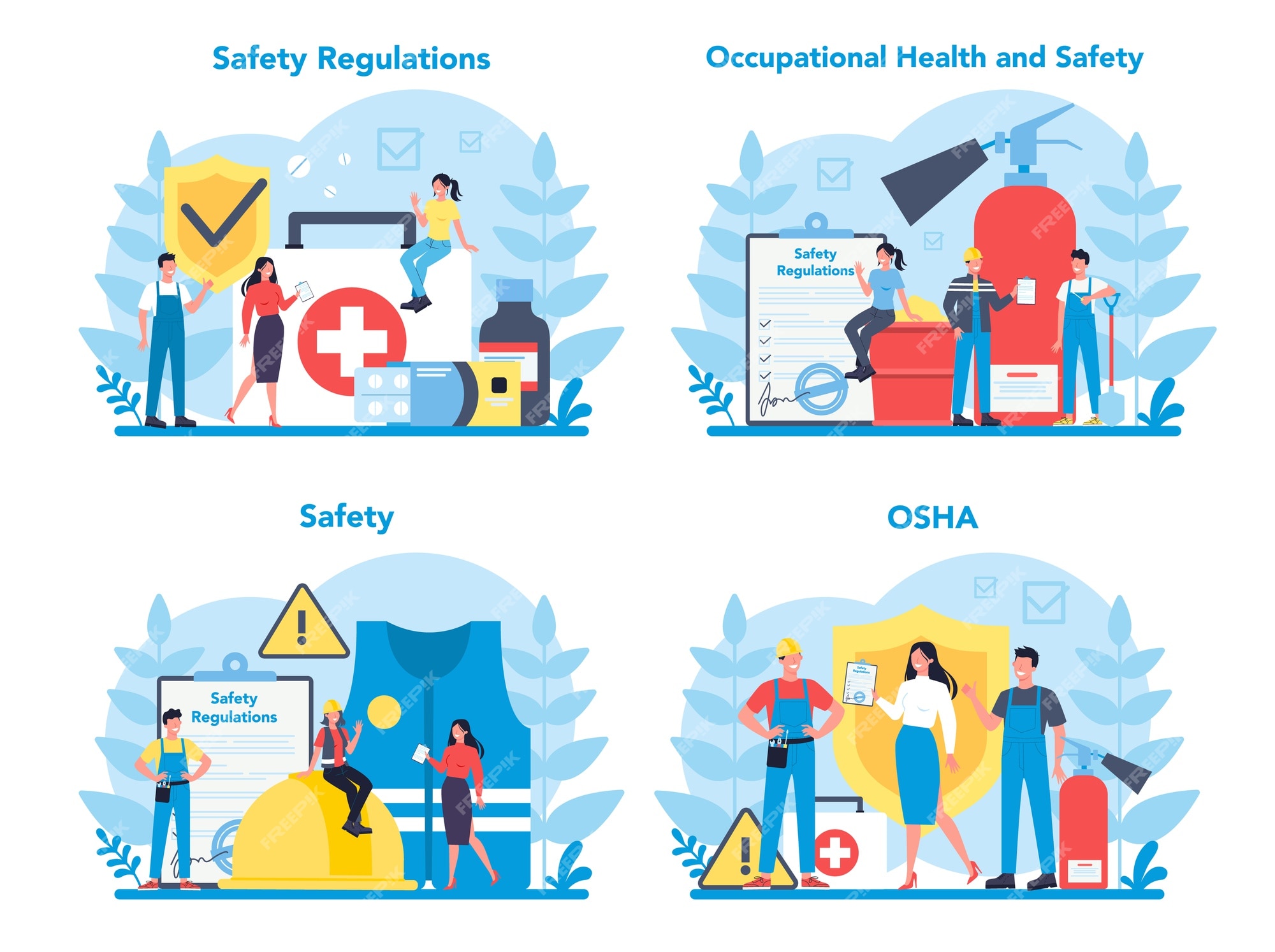
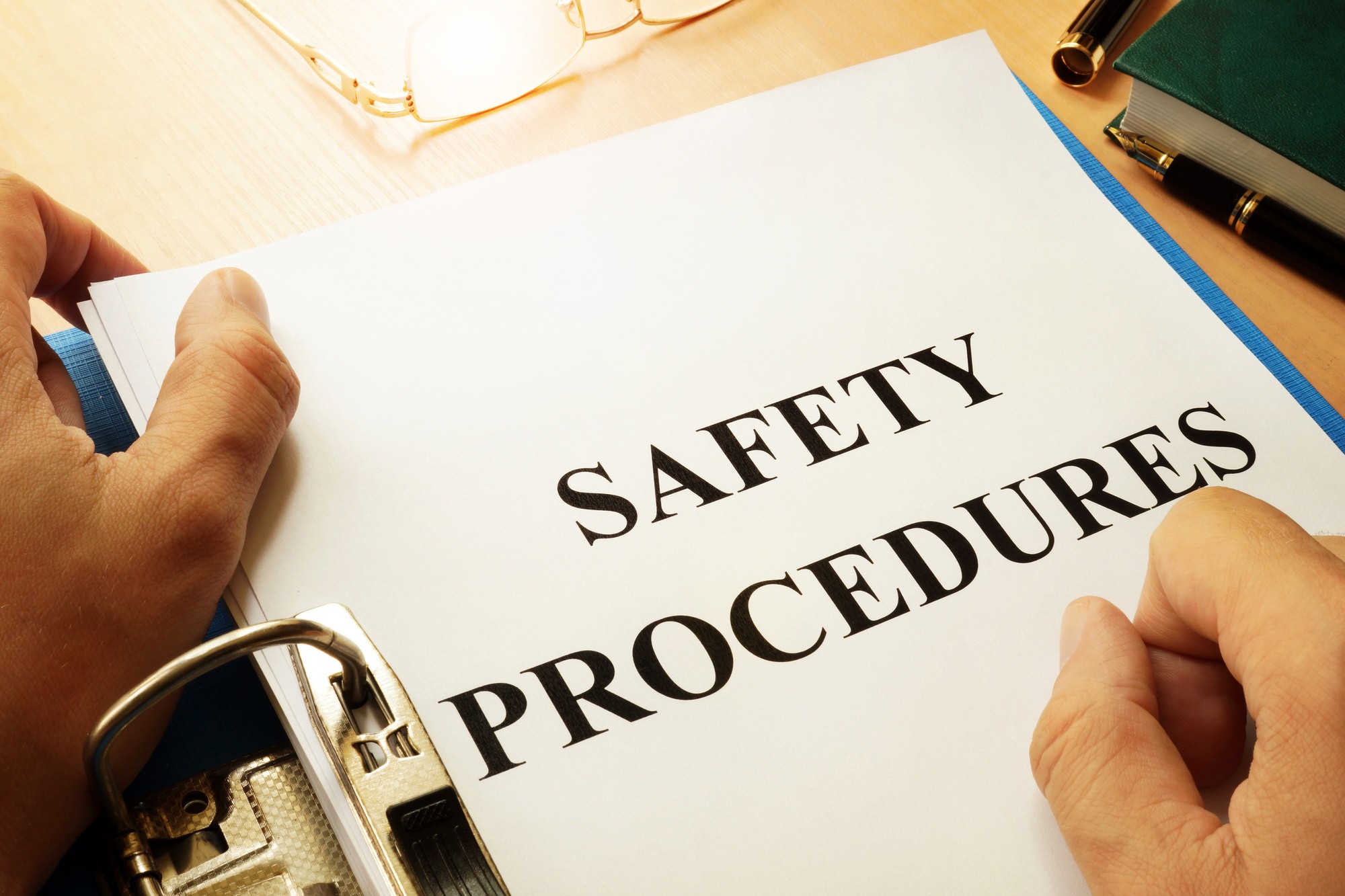

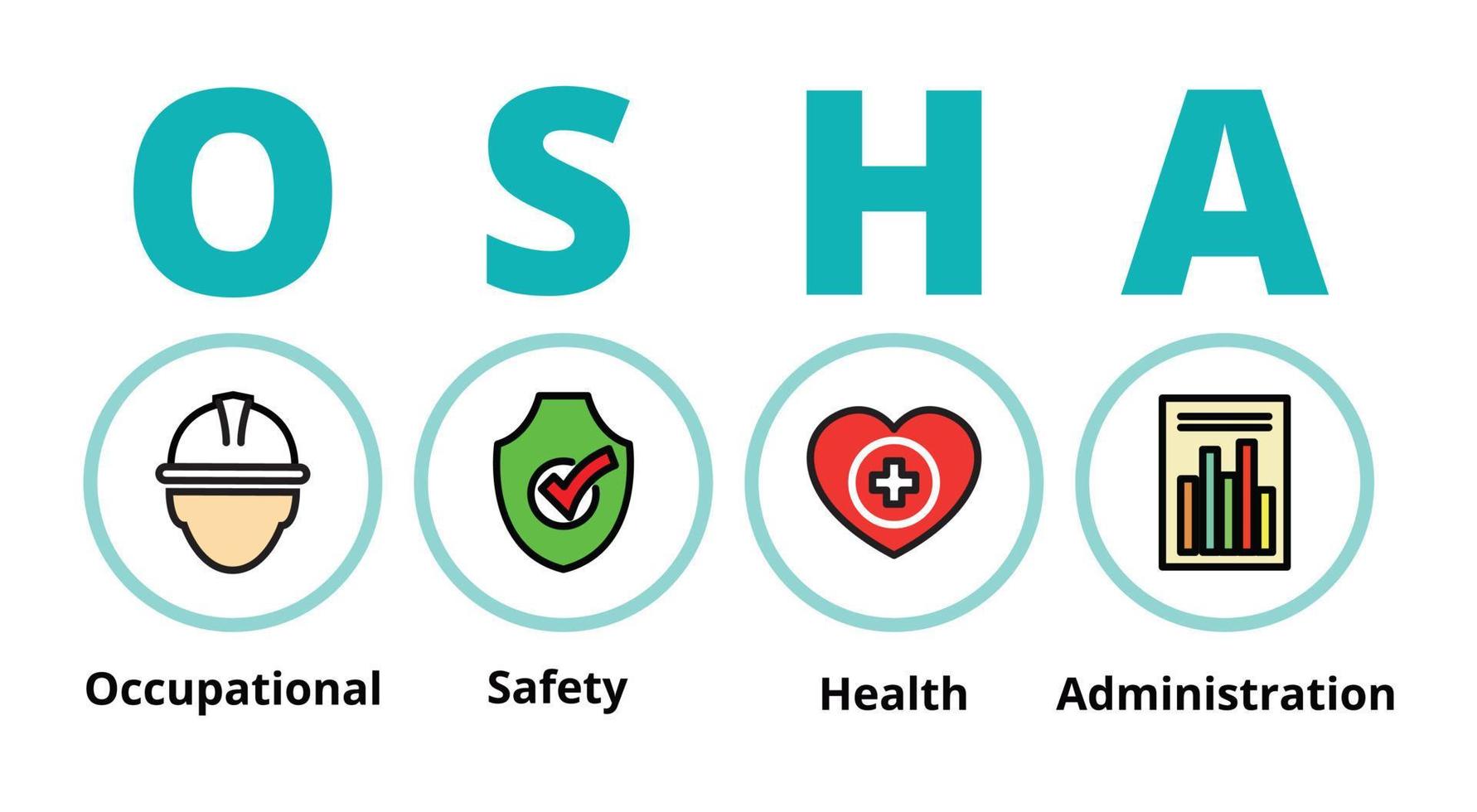


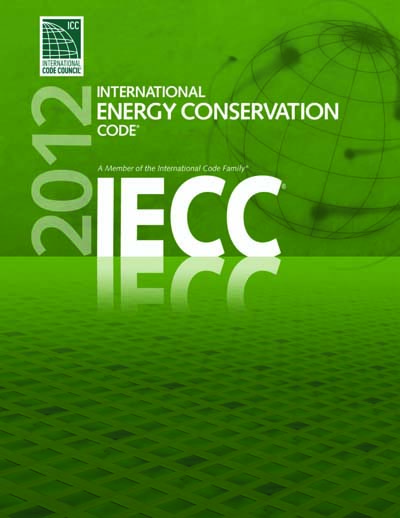


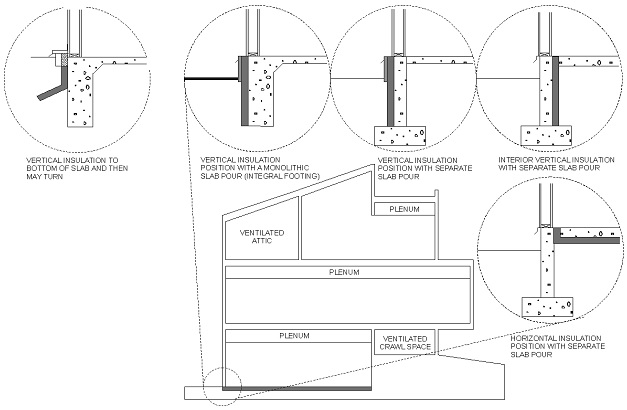
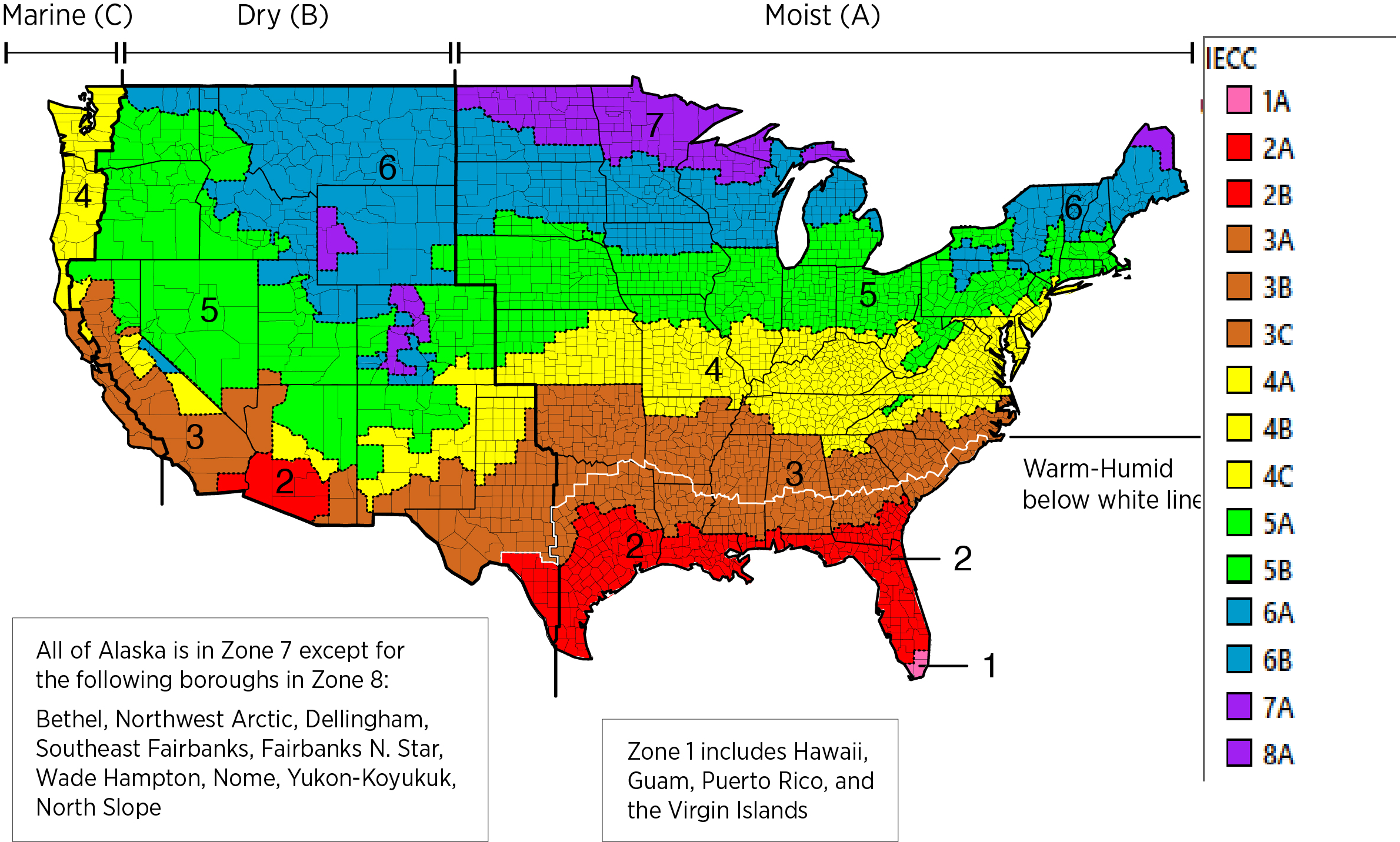
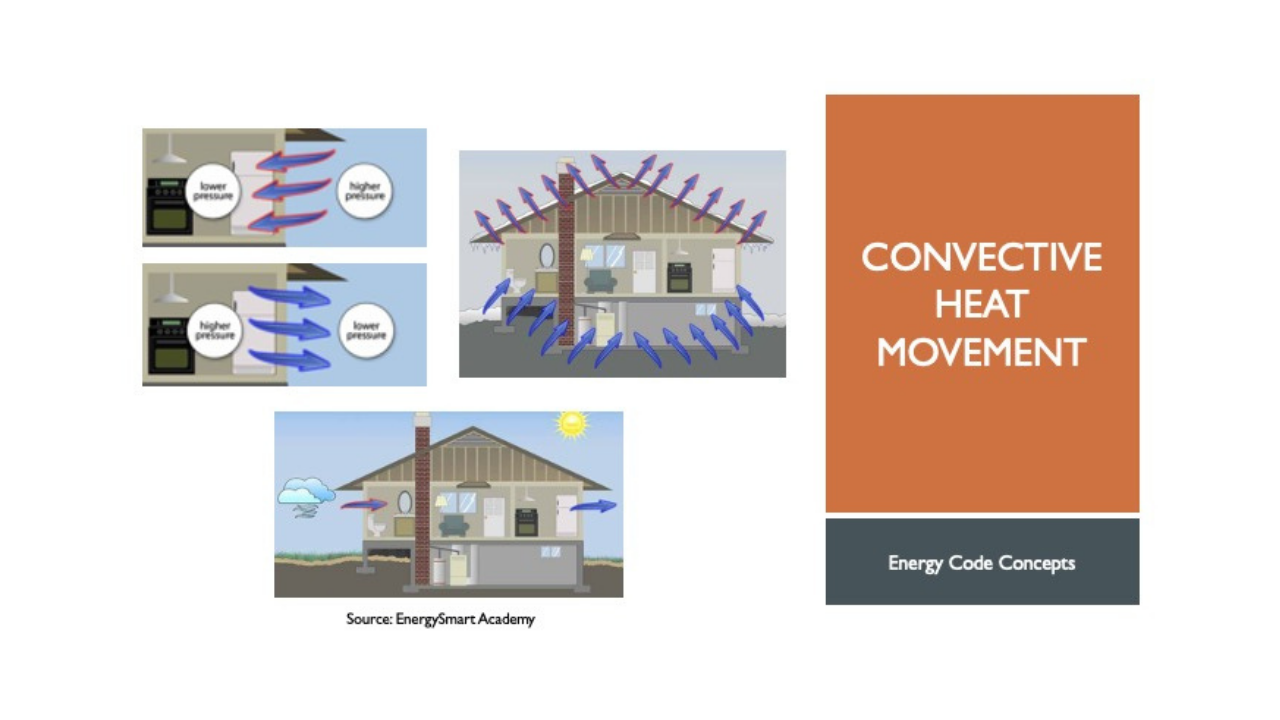

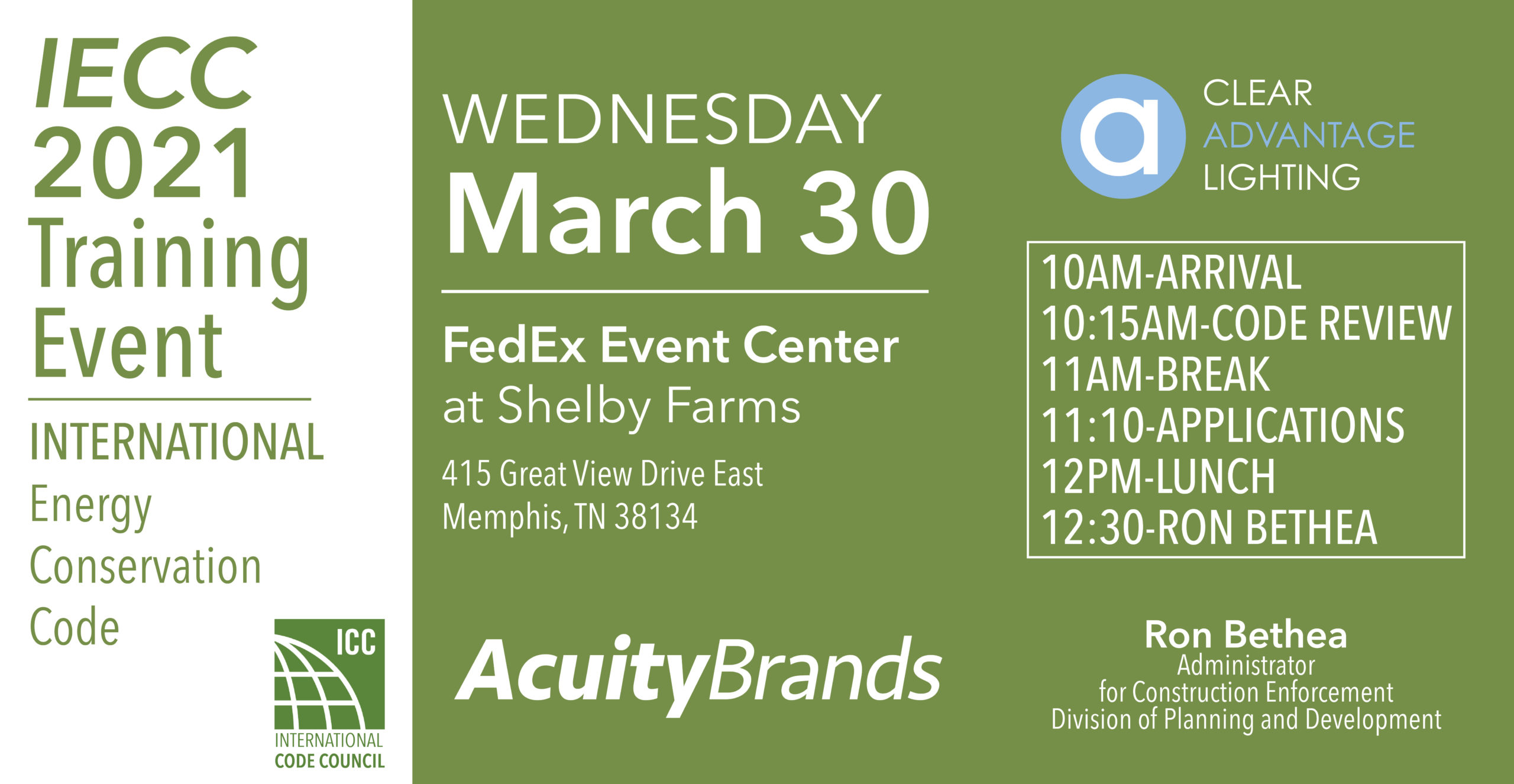
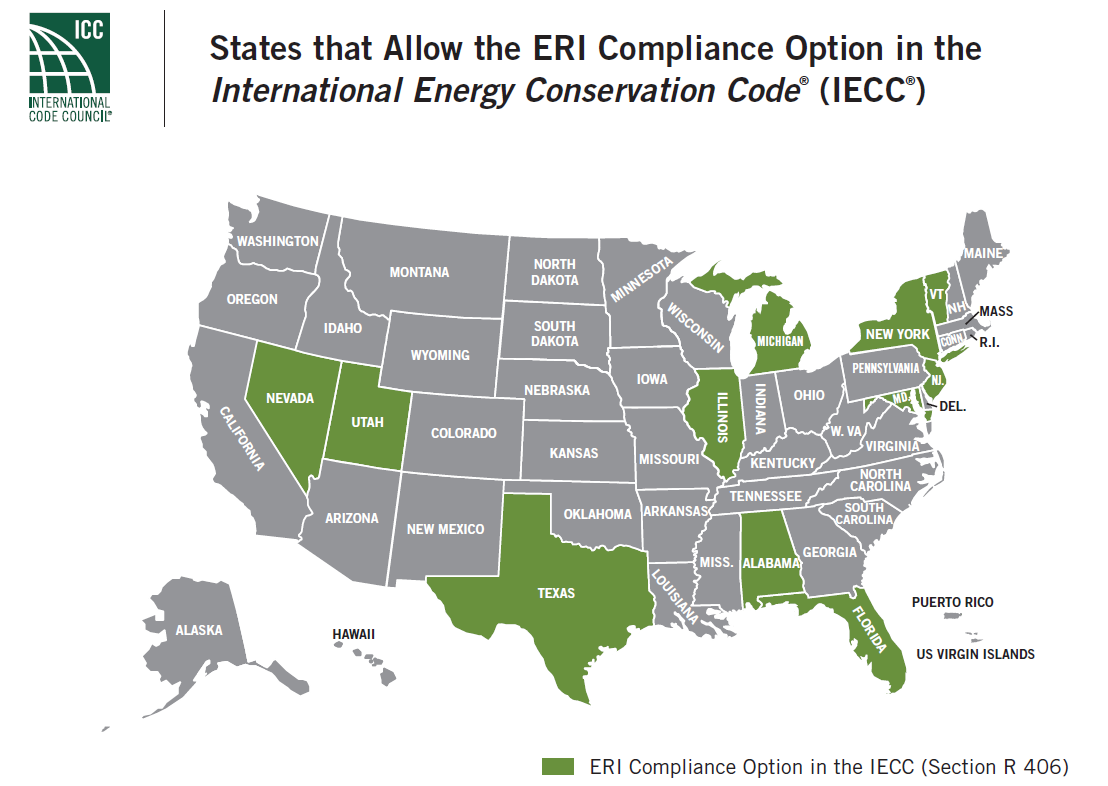

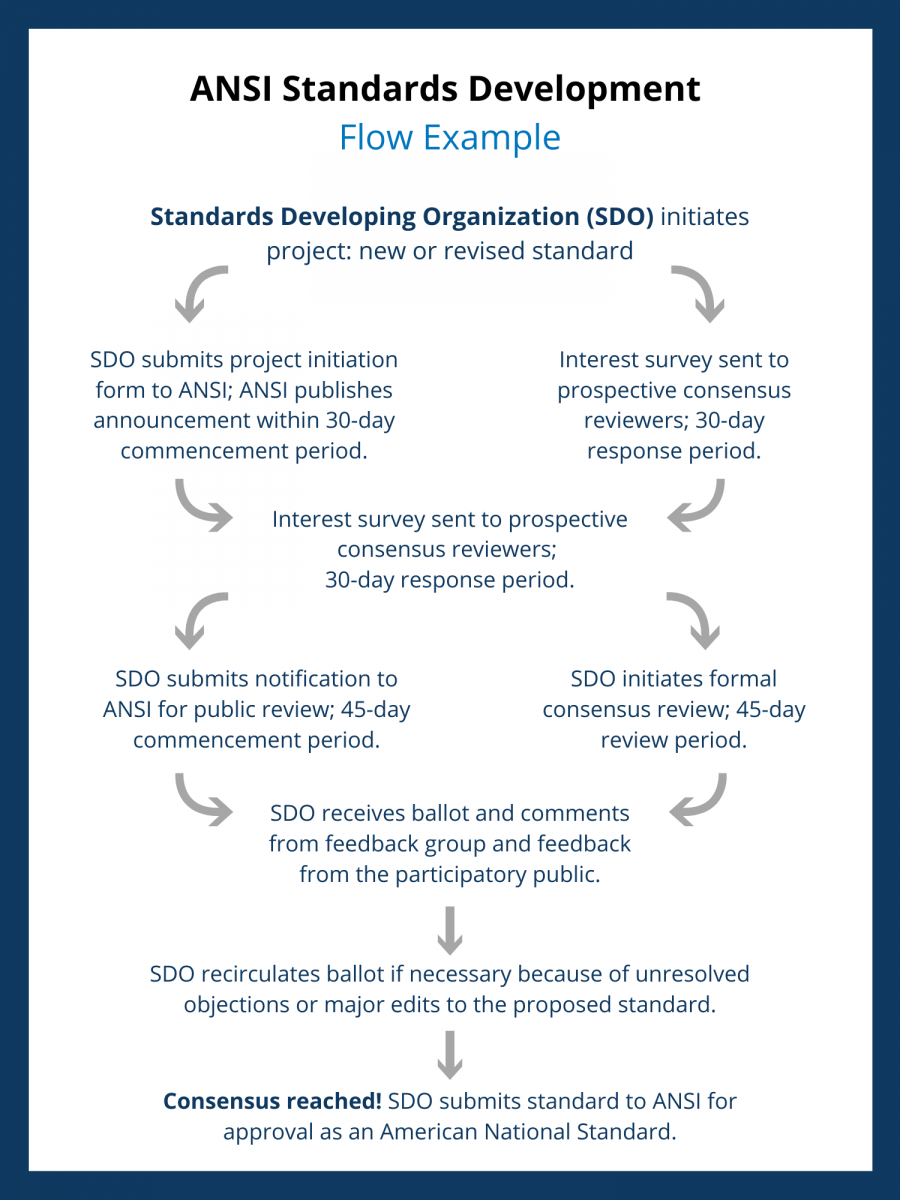
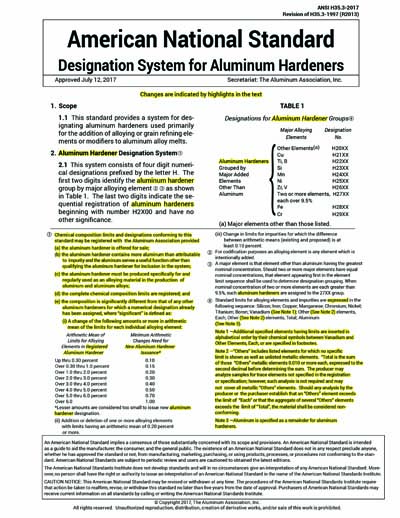

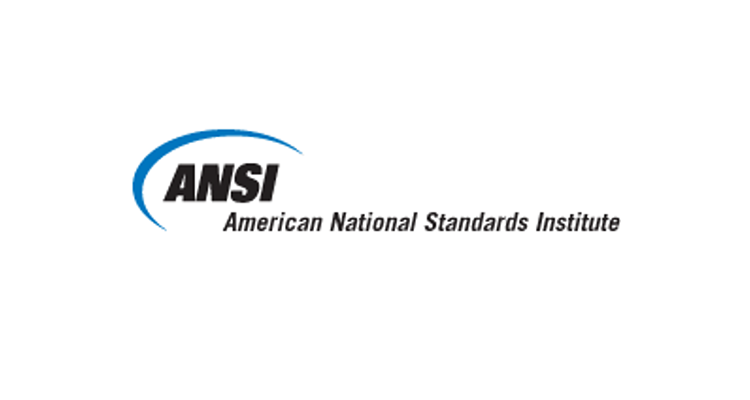

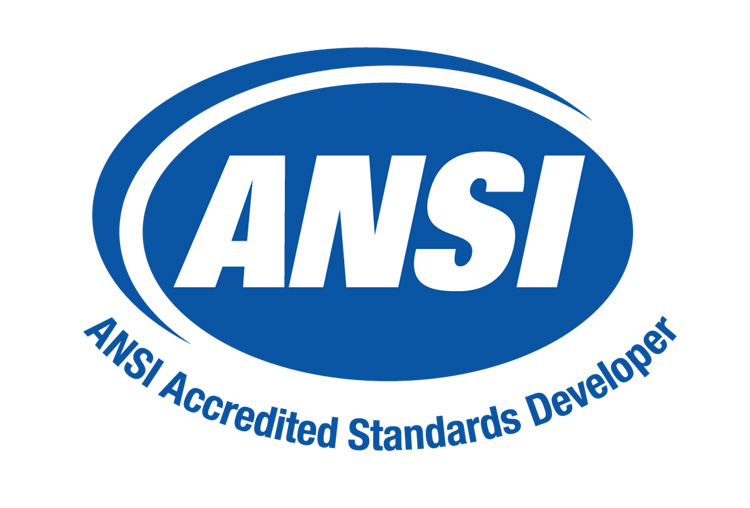
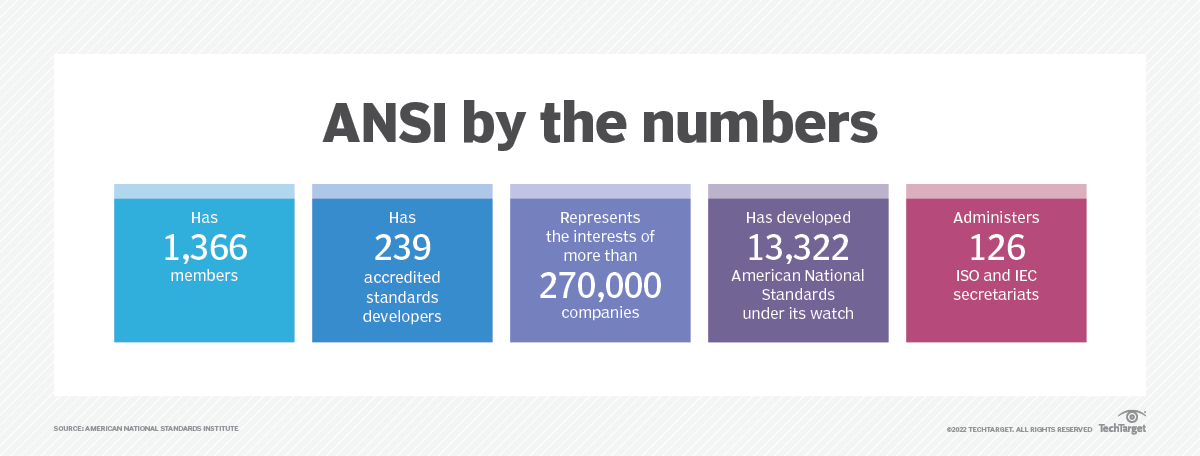
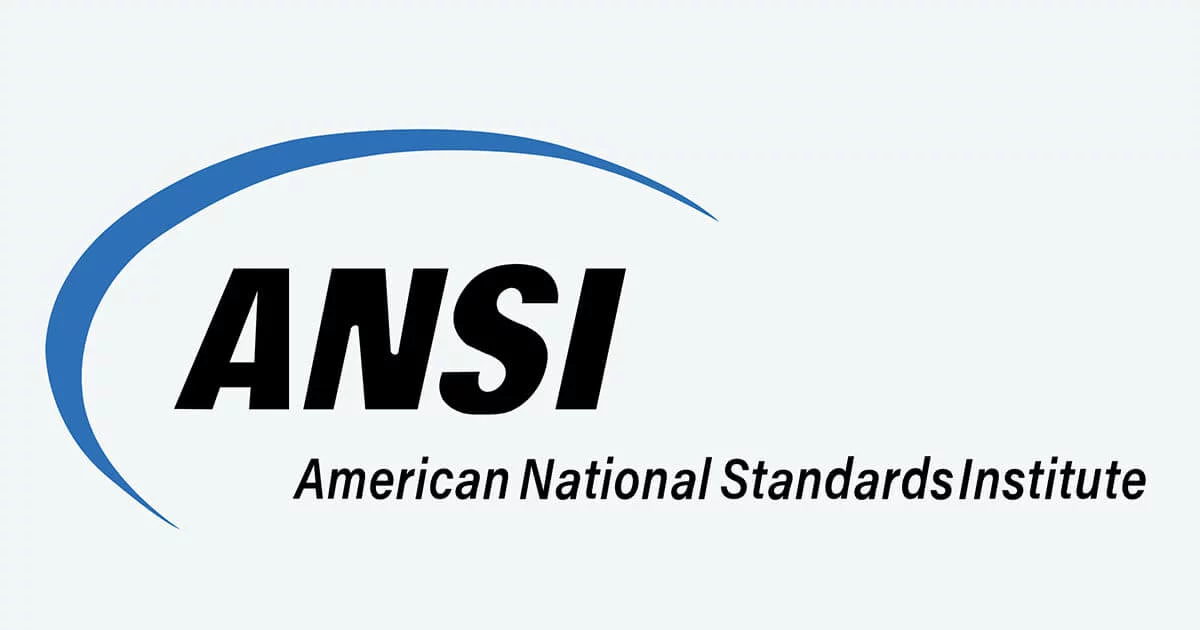
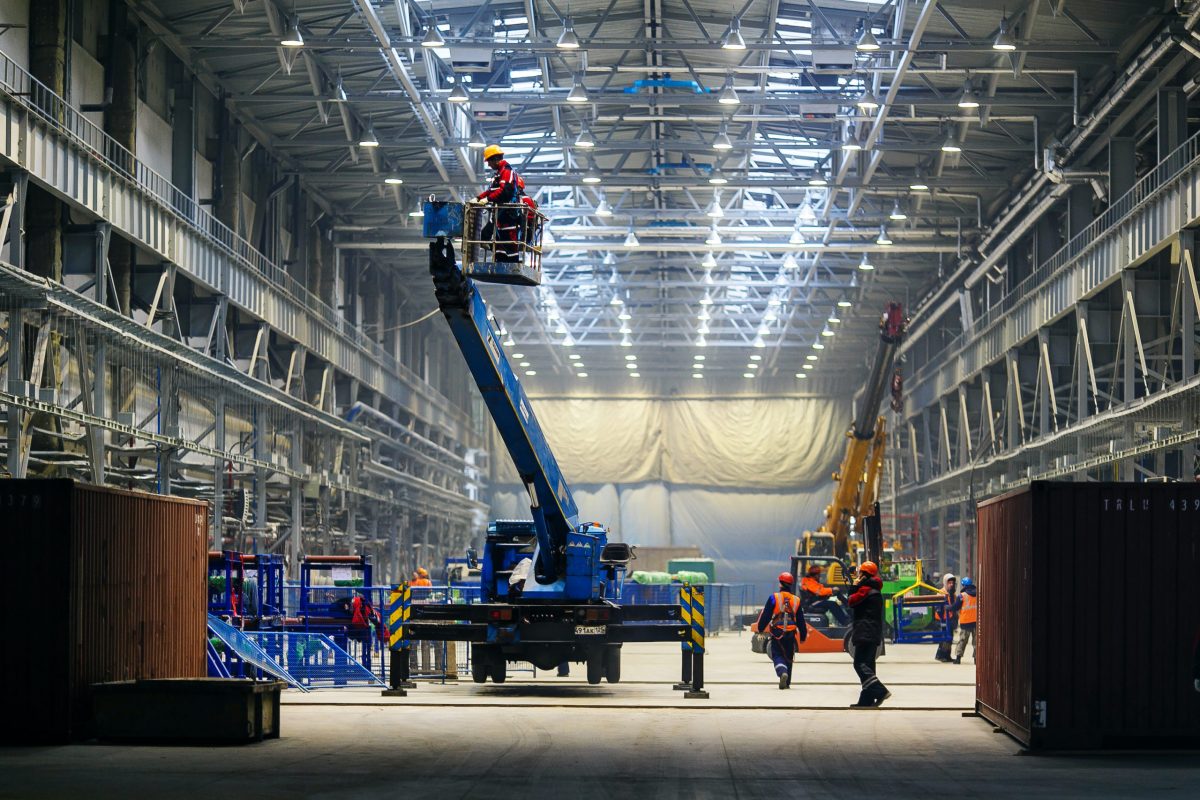



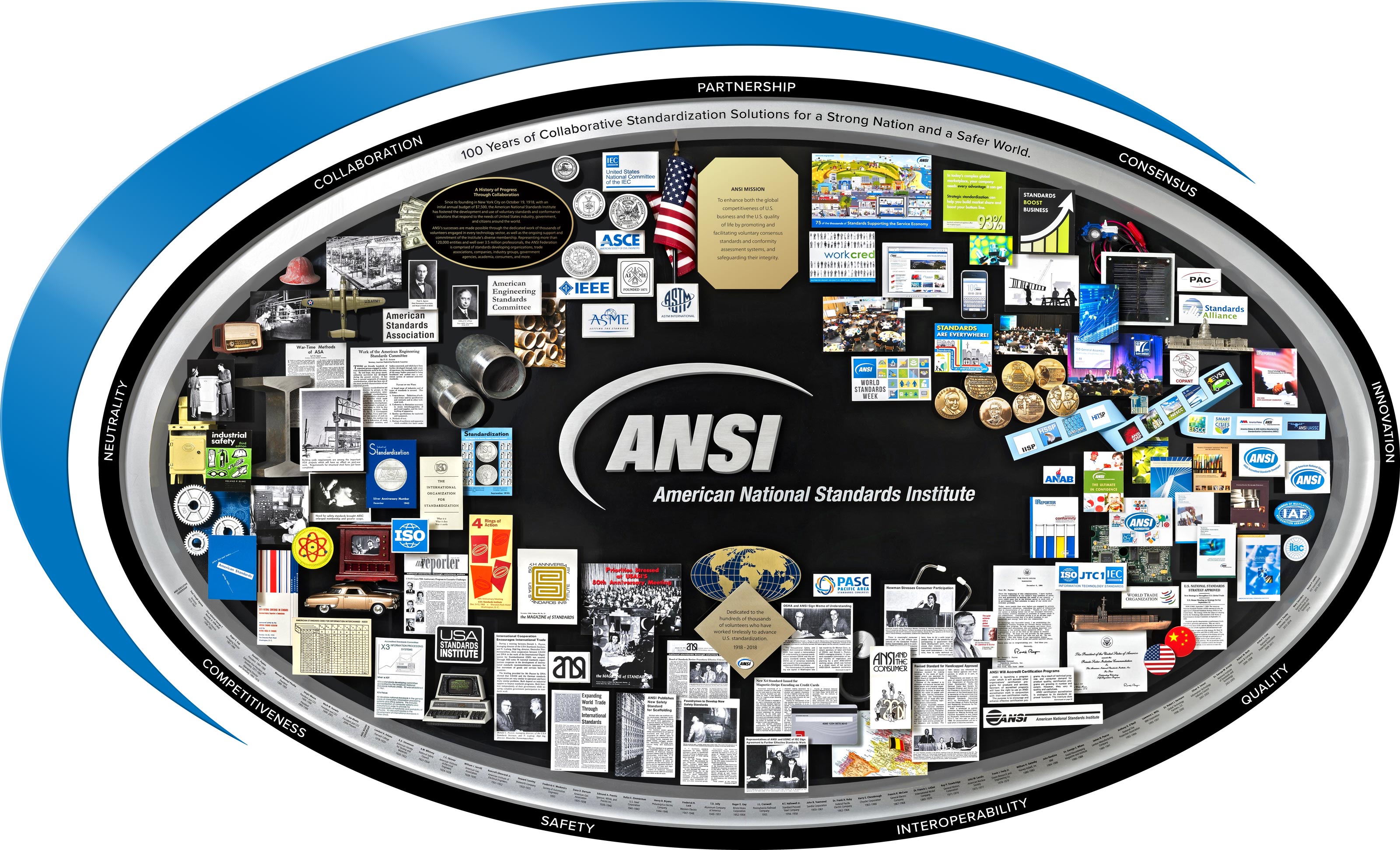



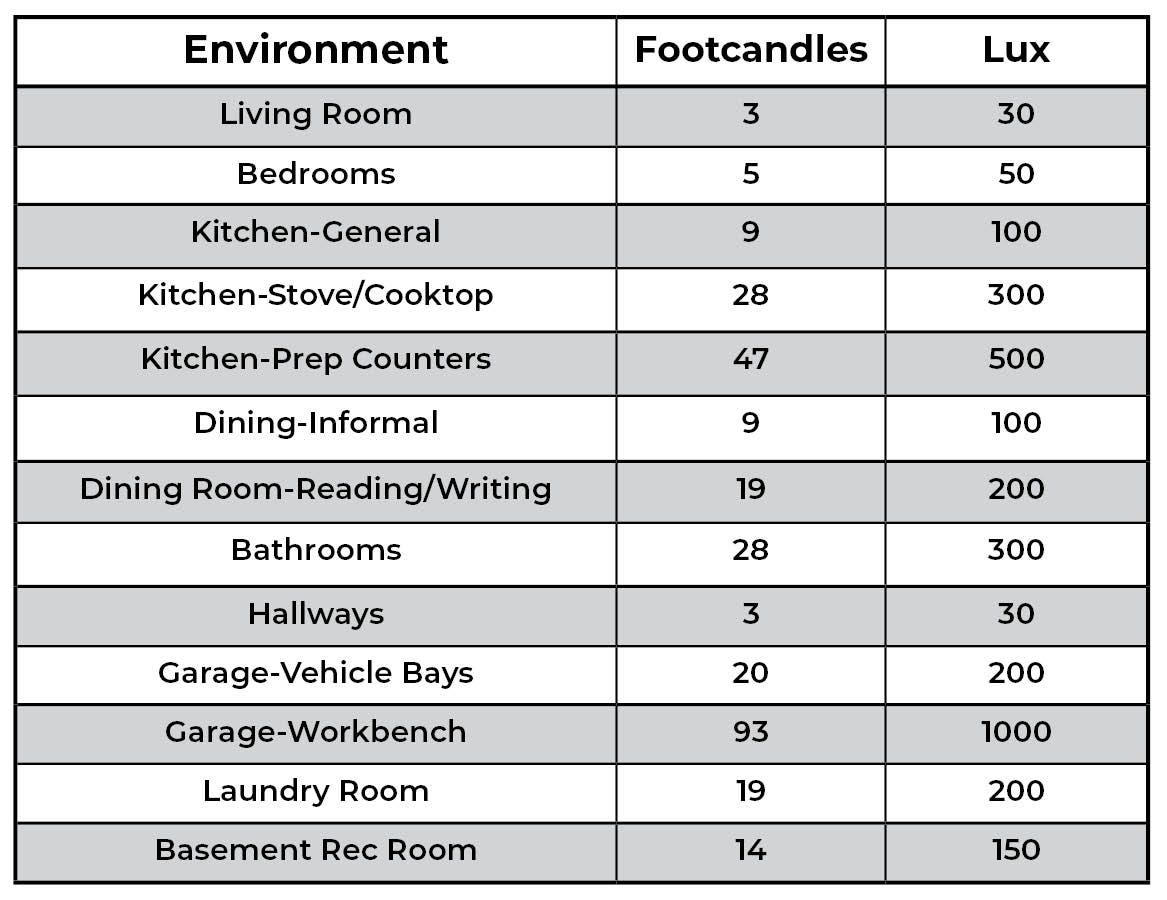
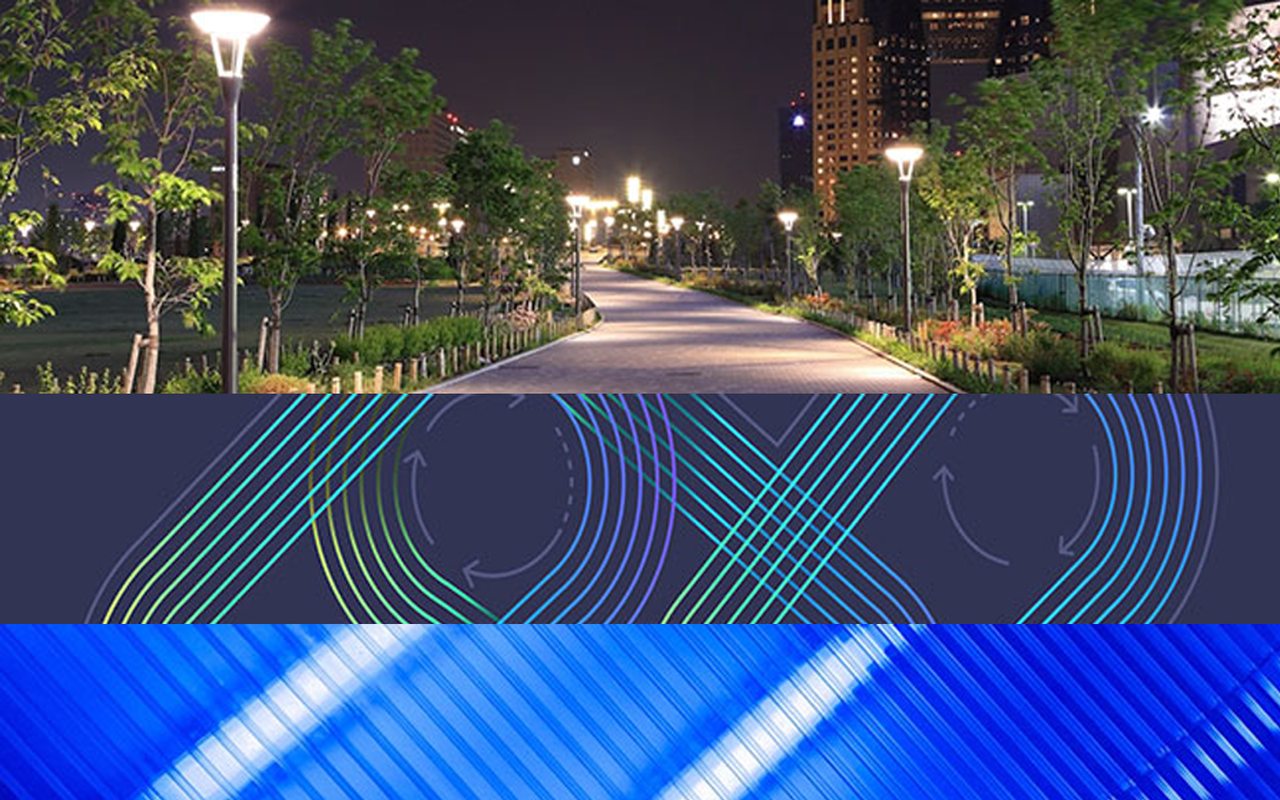


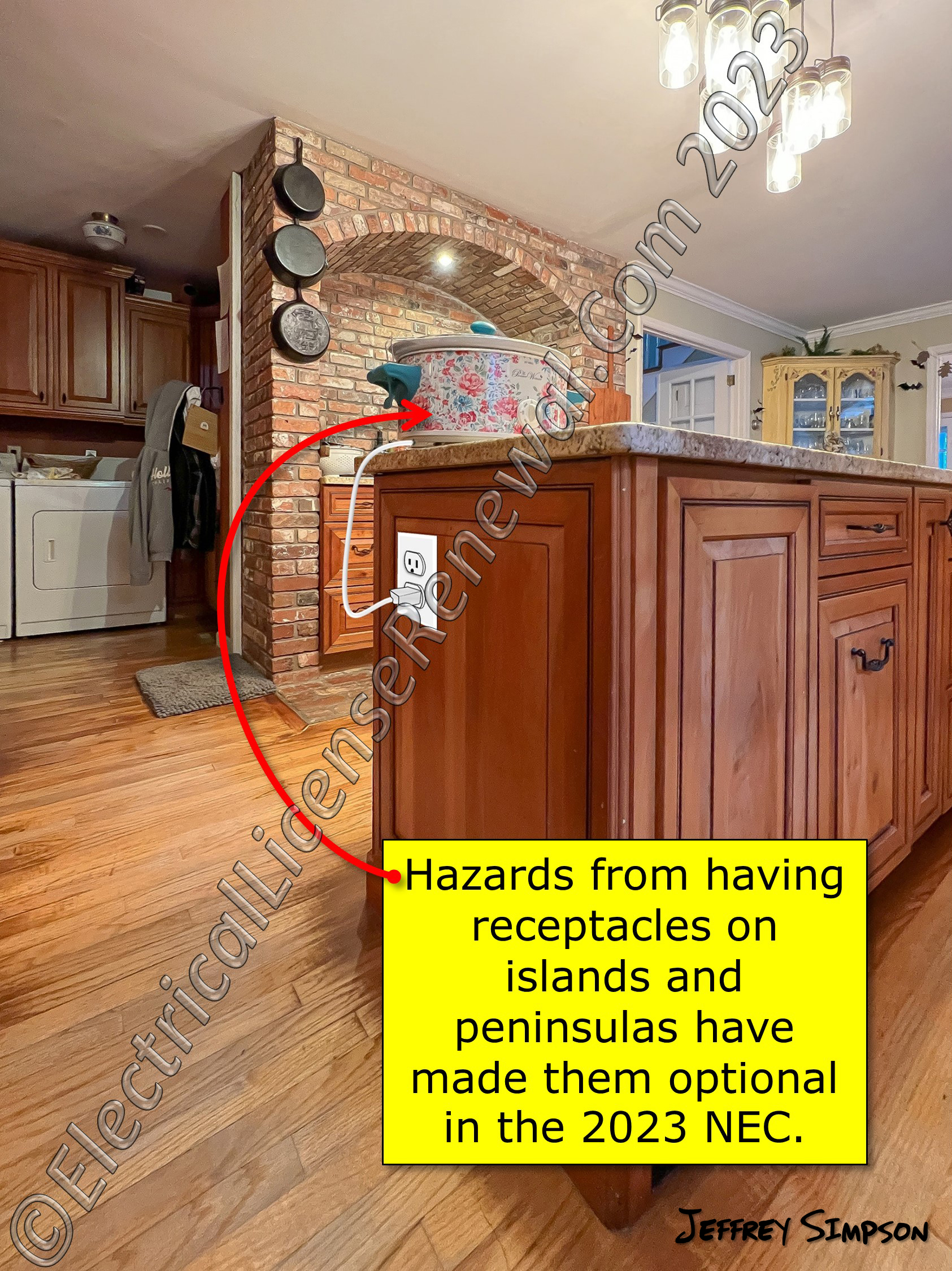
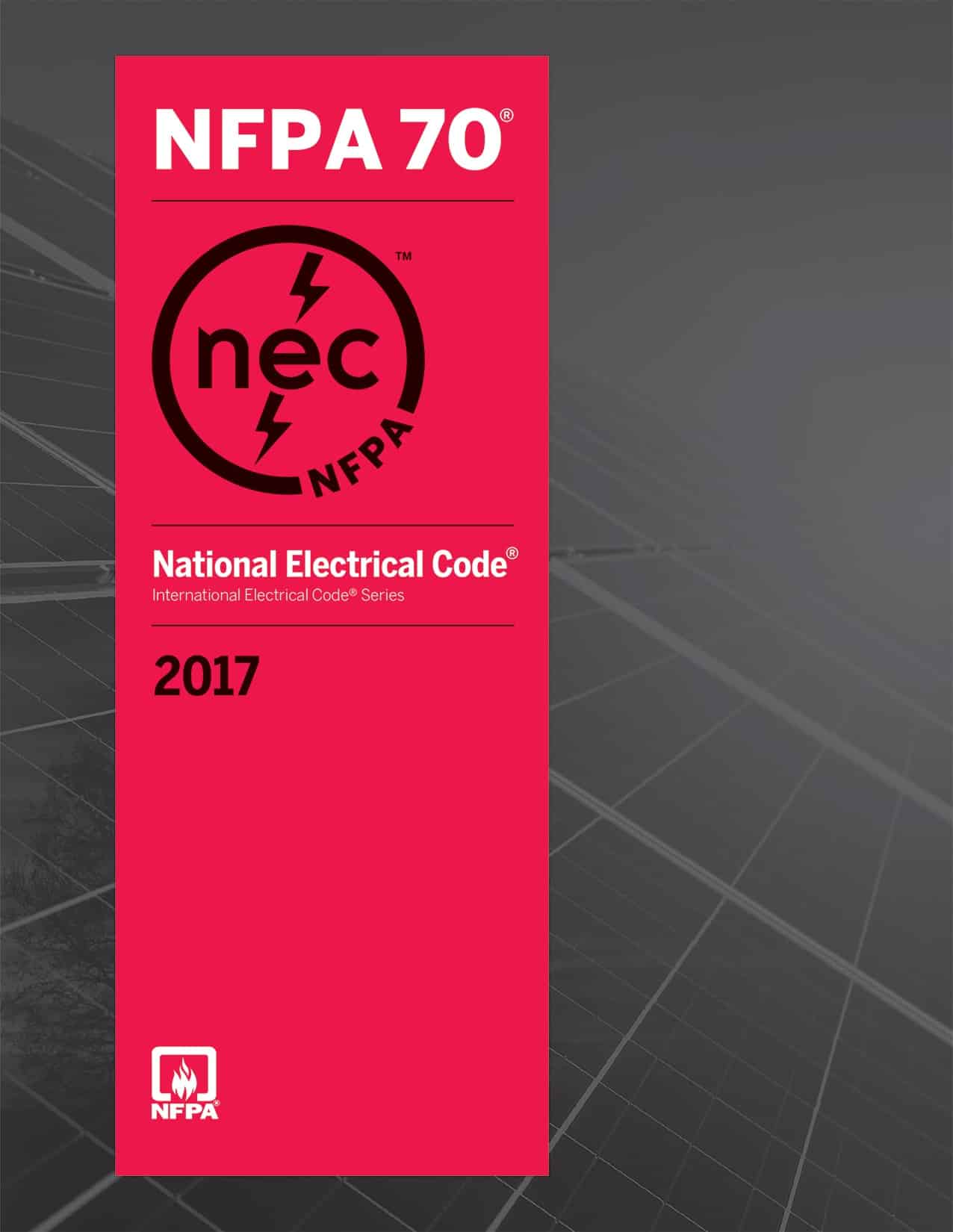
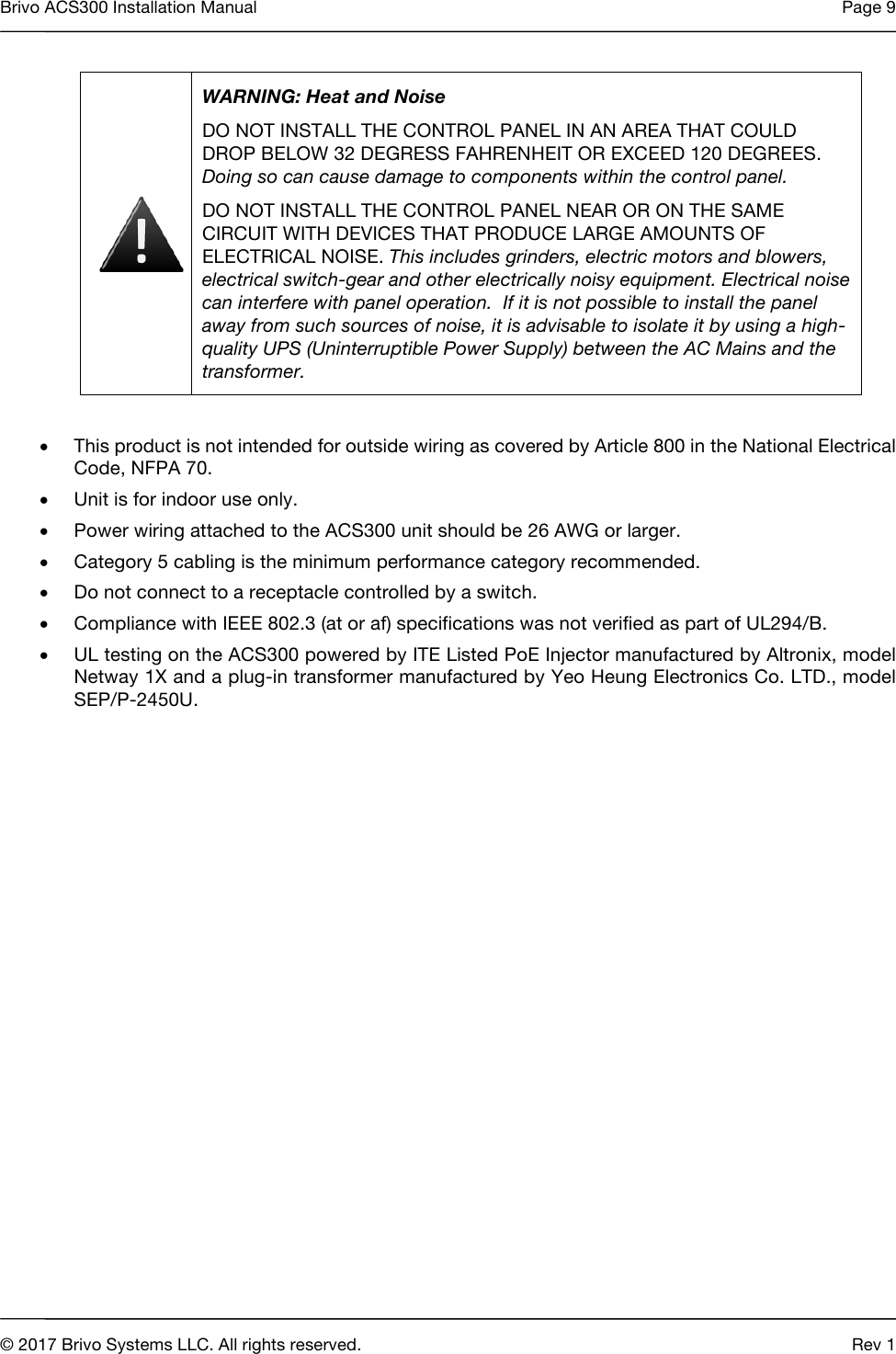




:max_bytes(150000):strip_icc()/Nec-outdoor-electrical-wiring-tips-1152274_final-a9a958a3849f46b4b1ba64b15623eeea.png)

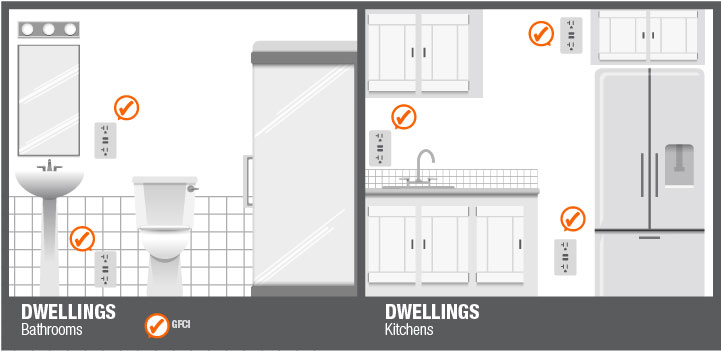

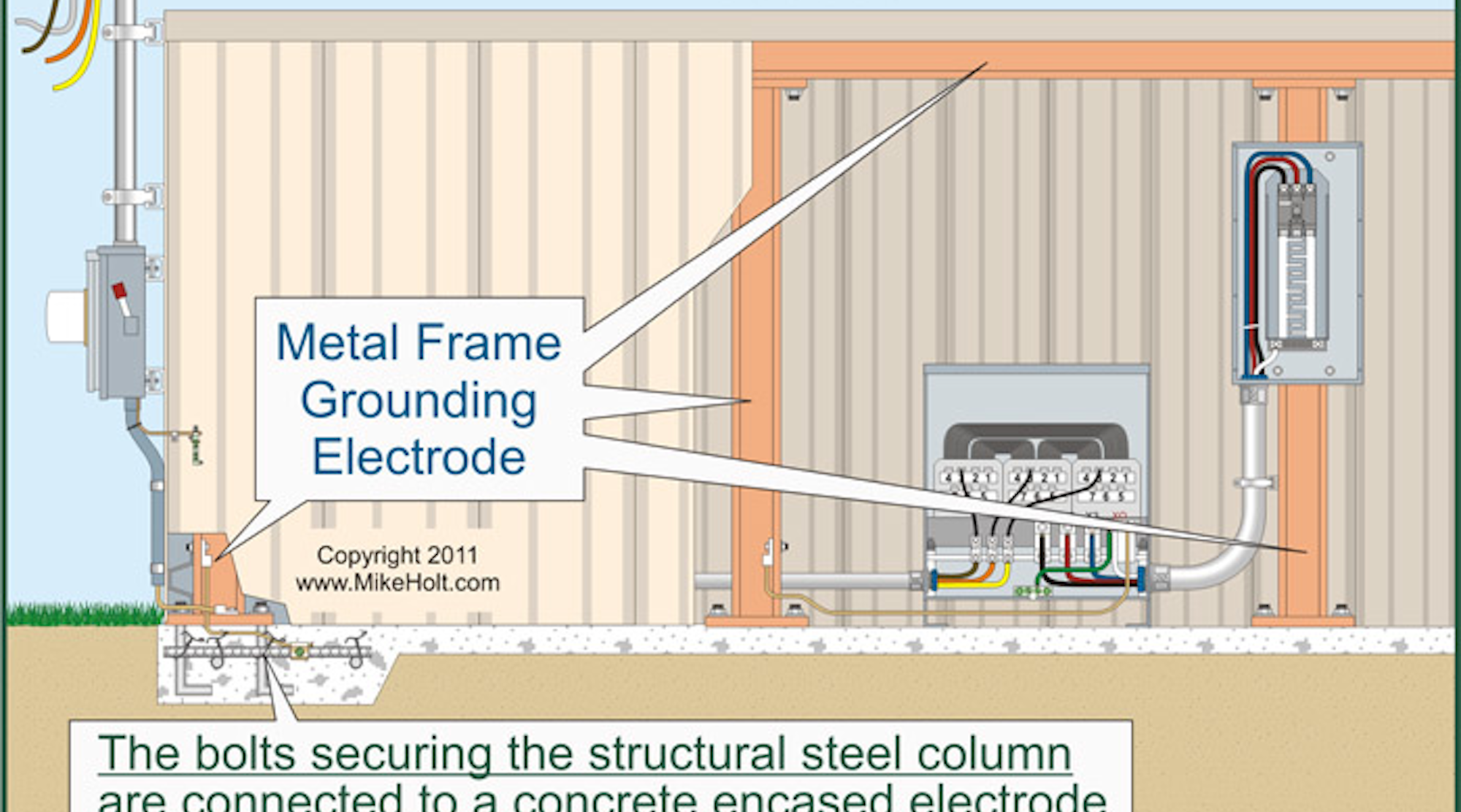
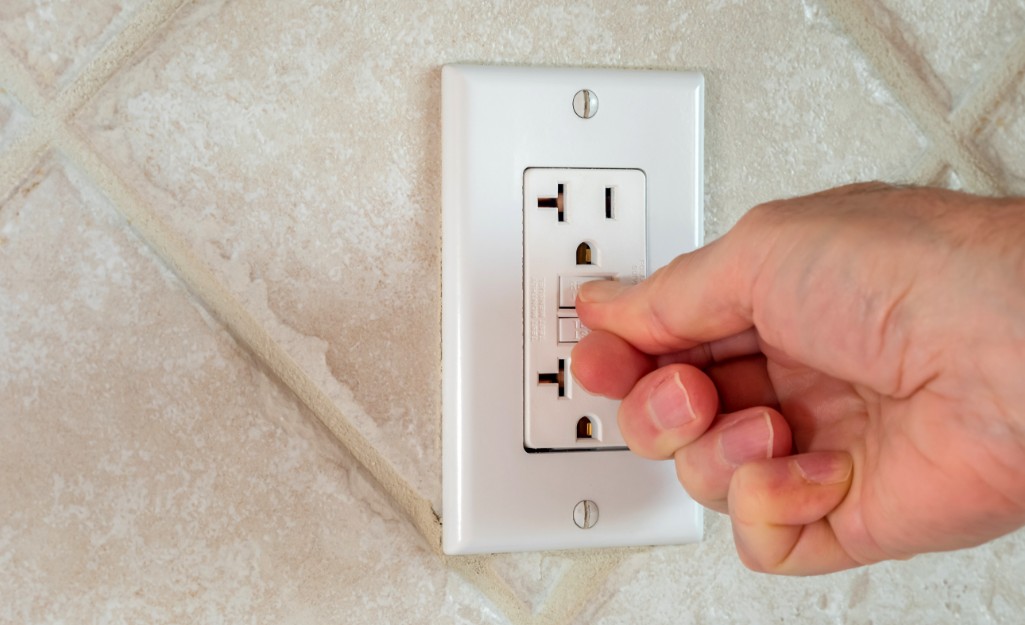



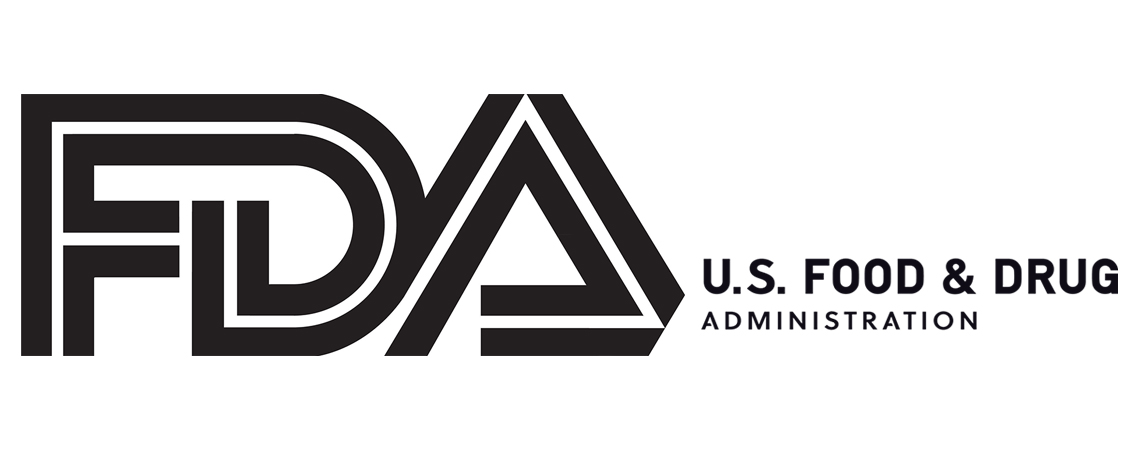
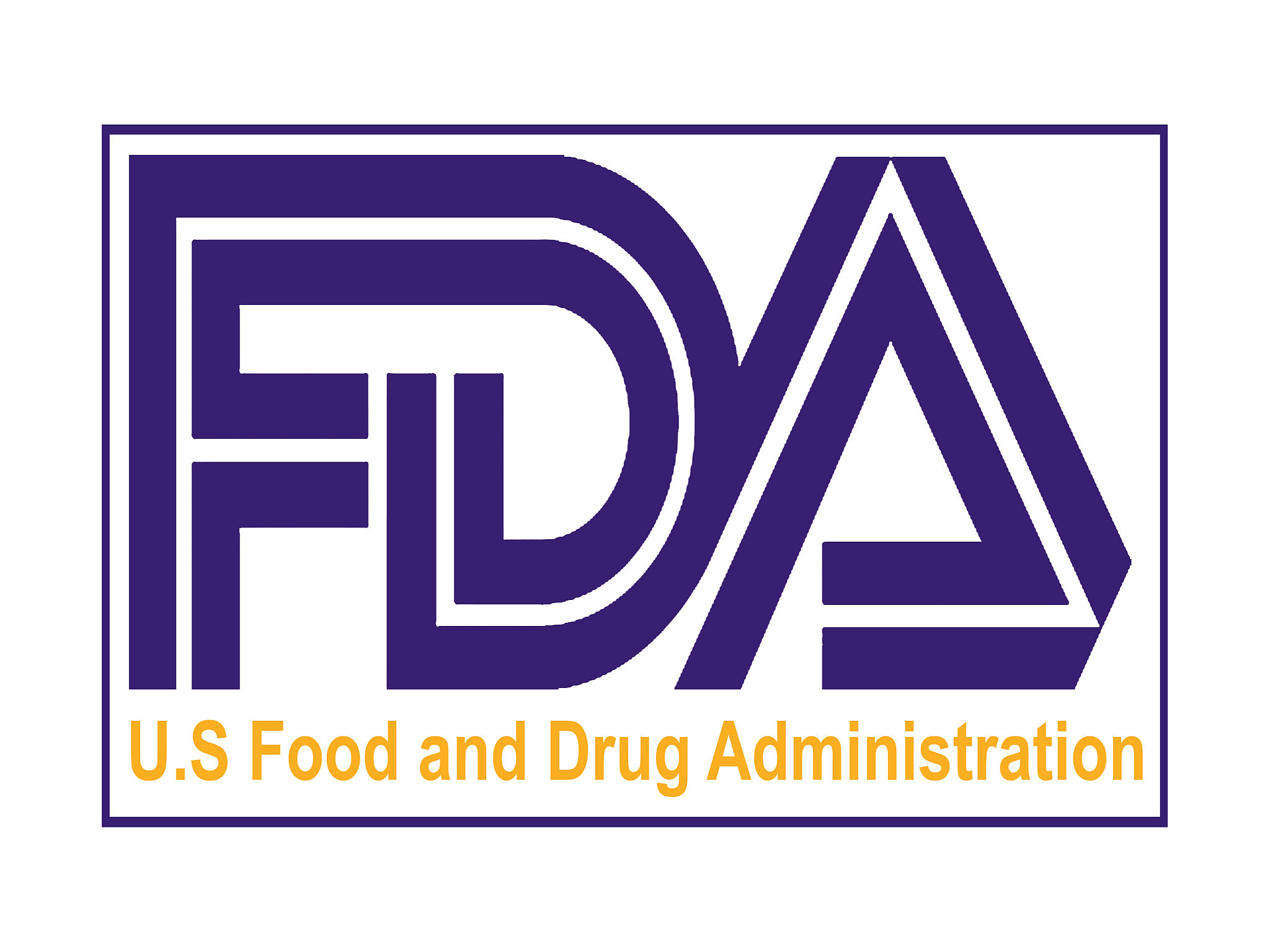

:max_bytes(150000):strip_icc()/GettyImages-1188568920-056f66c163fc46a19d817eef55d14933.jpg)



